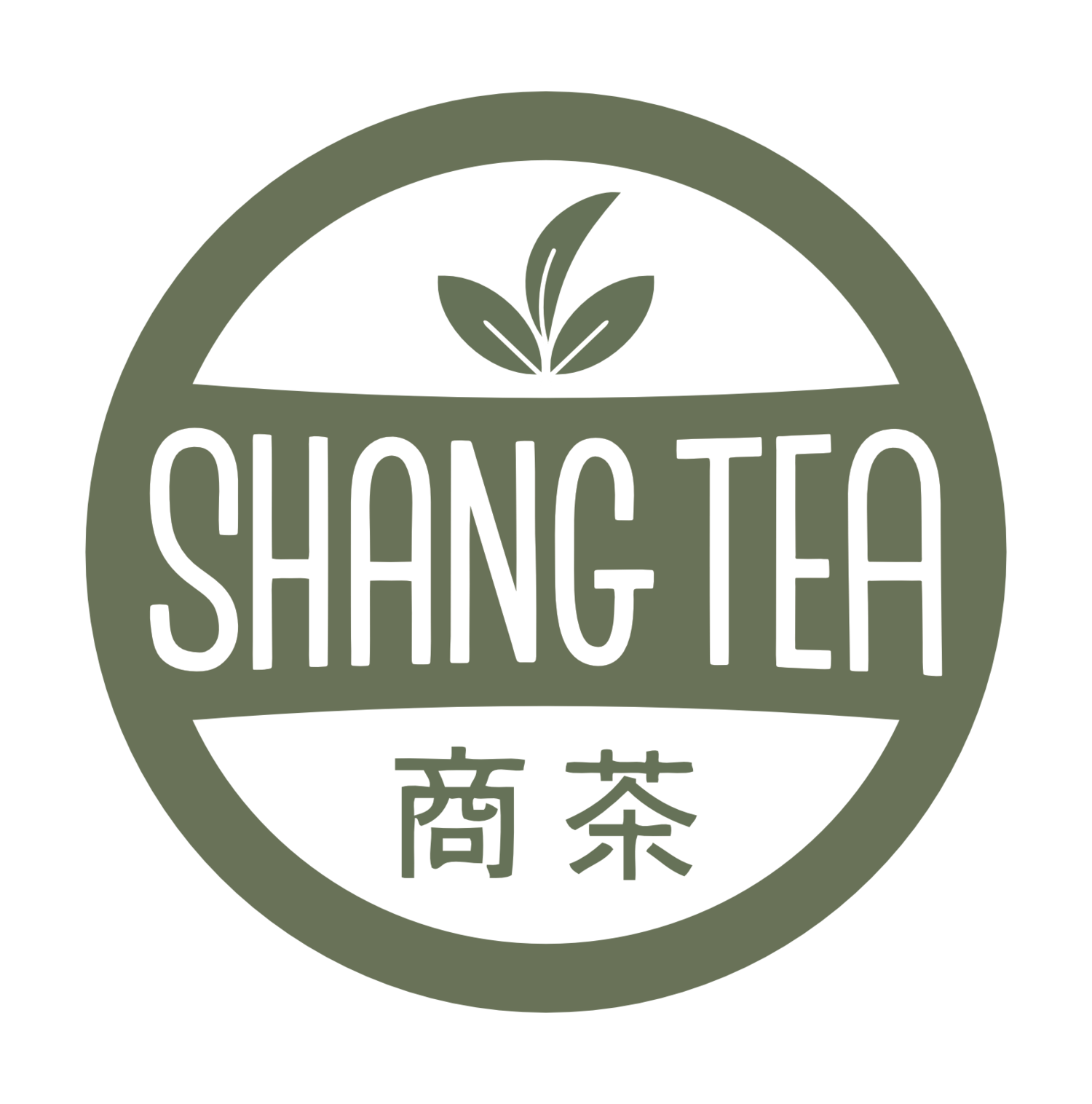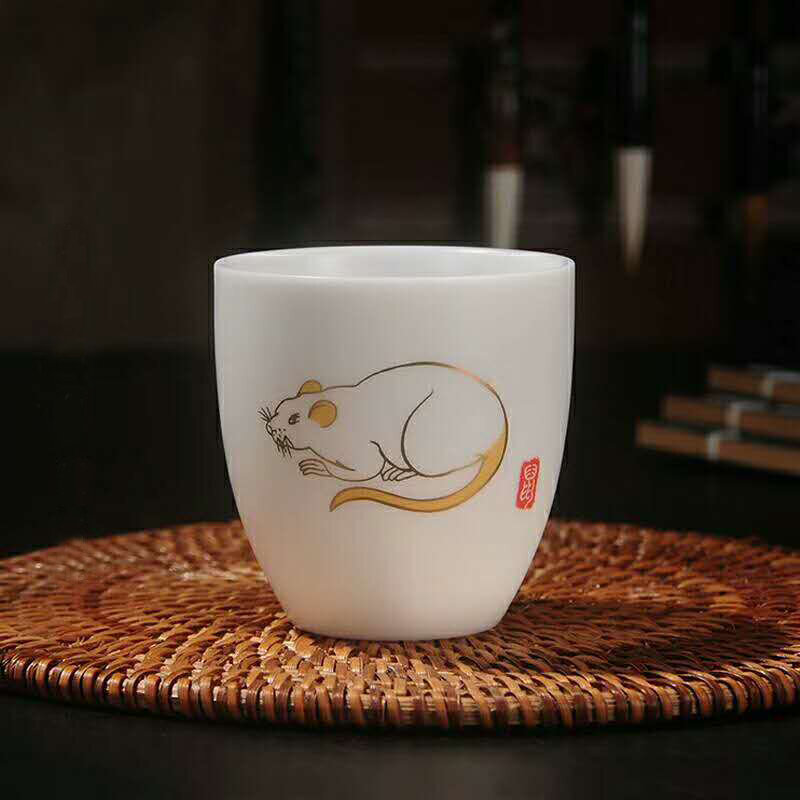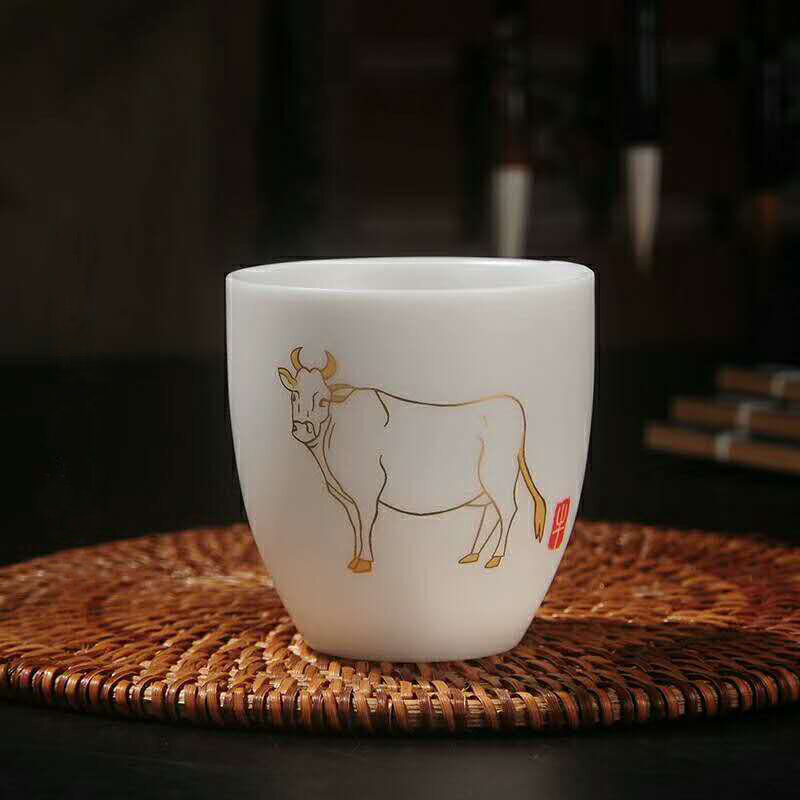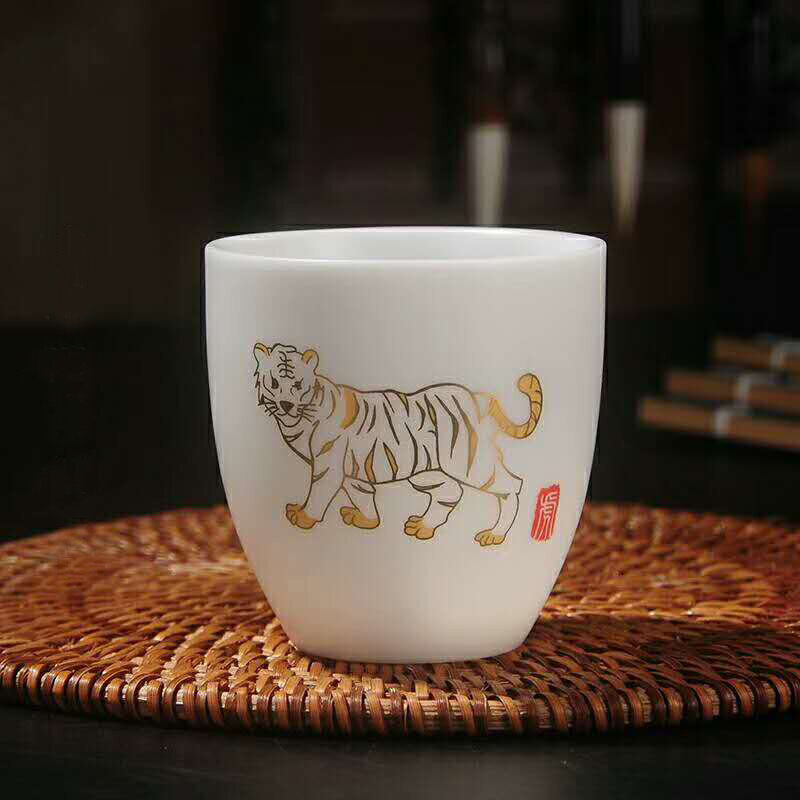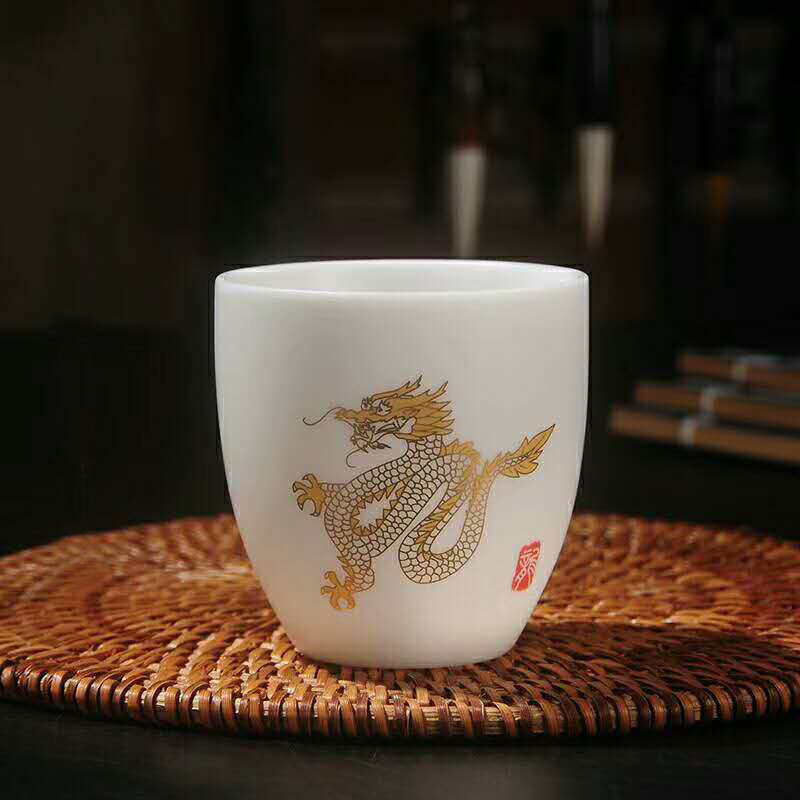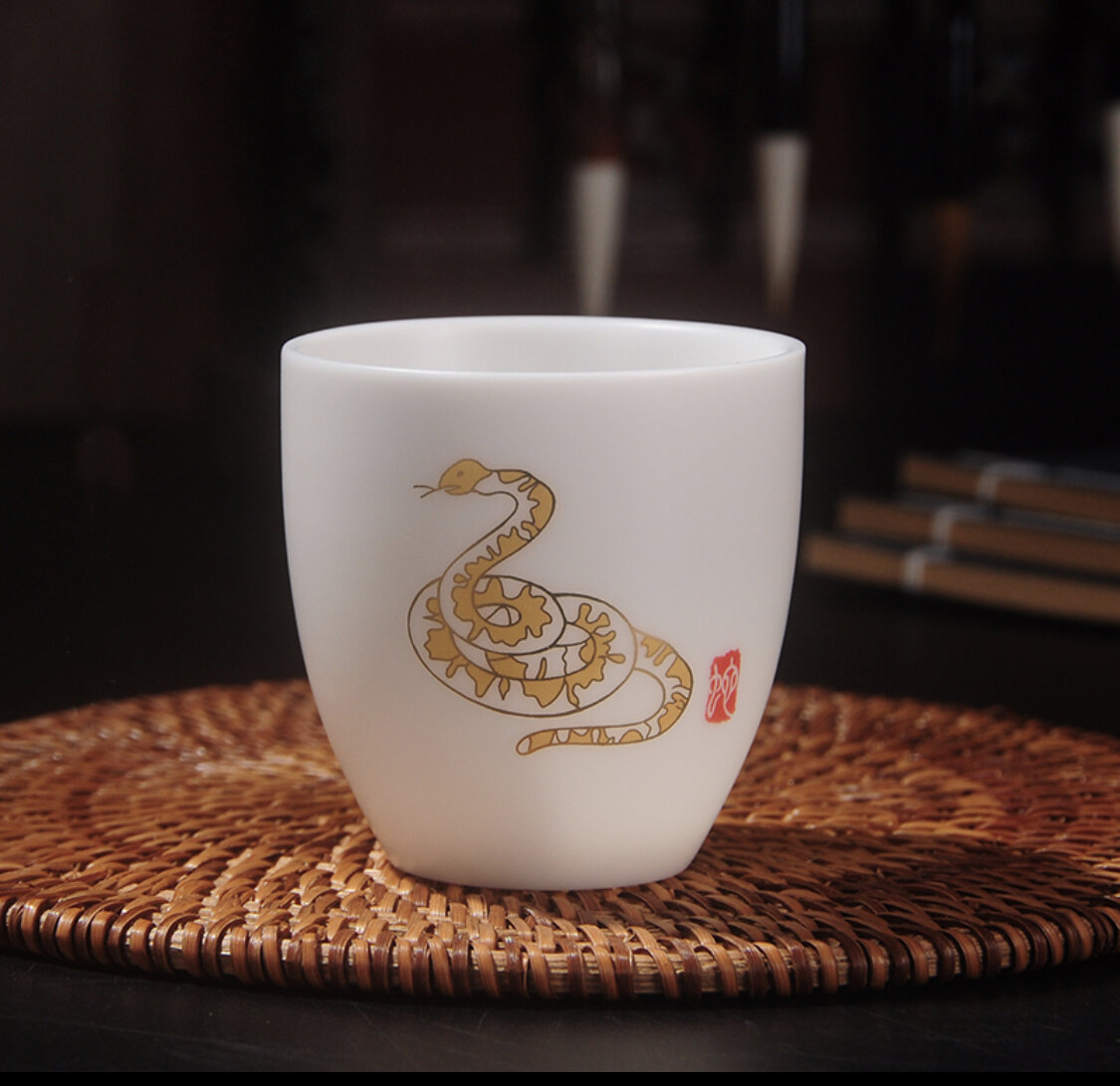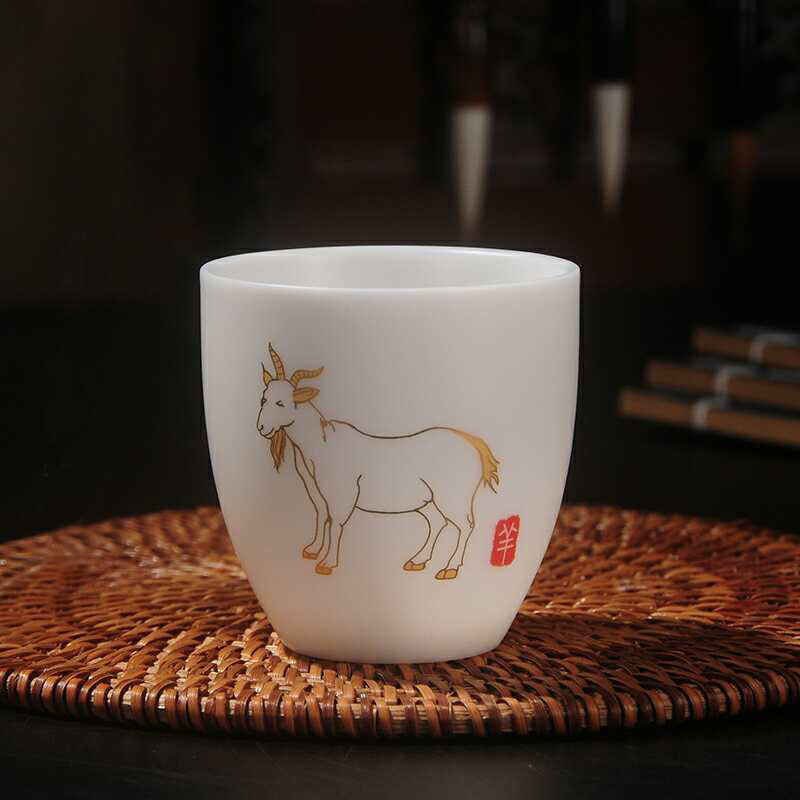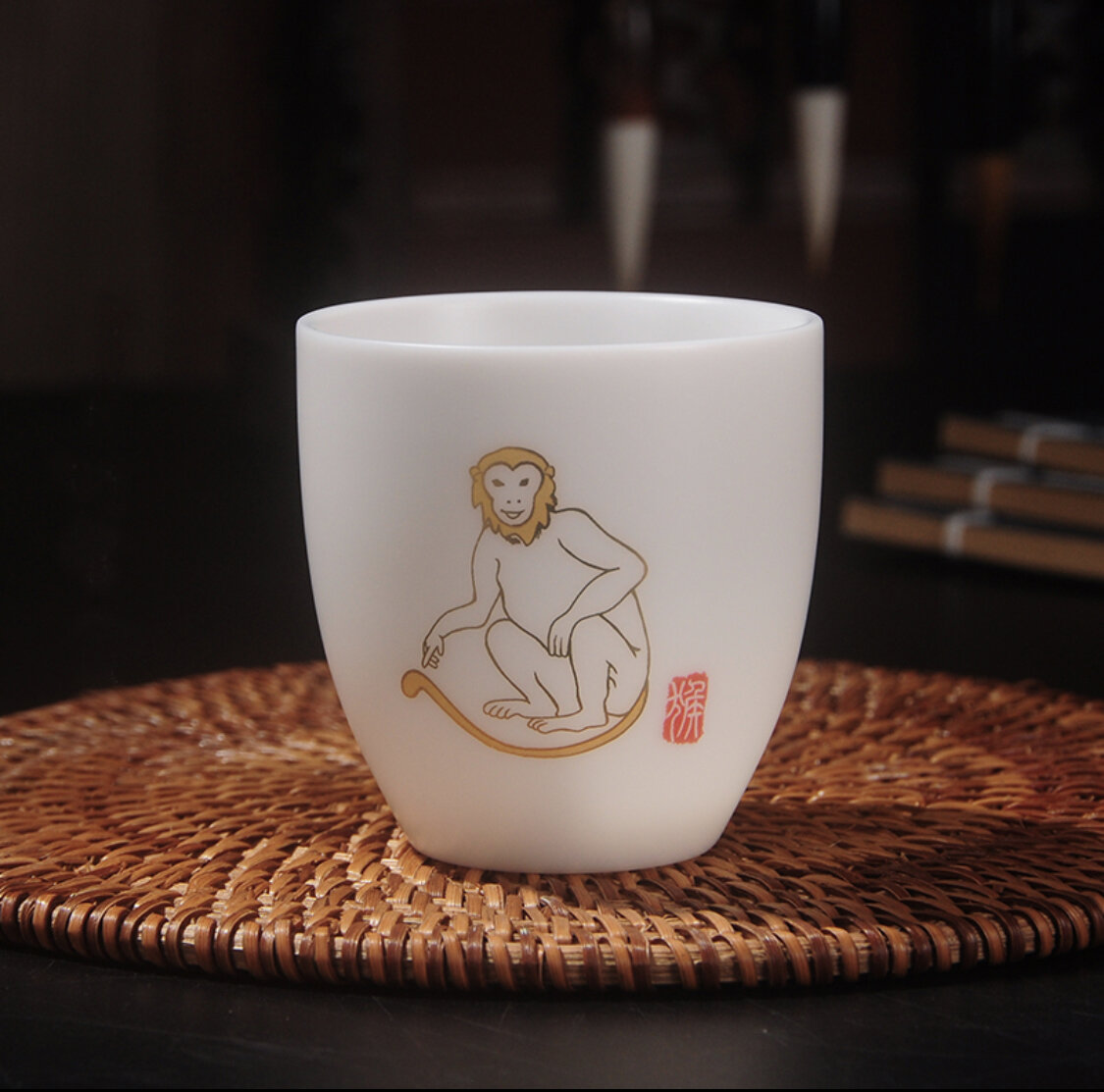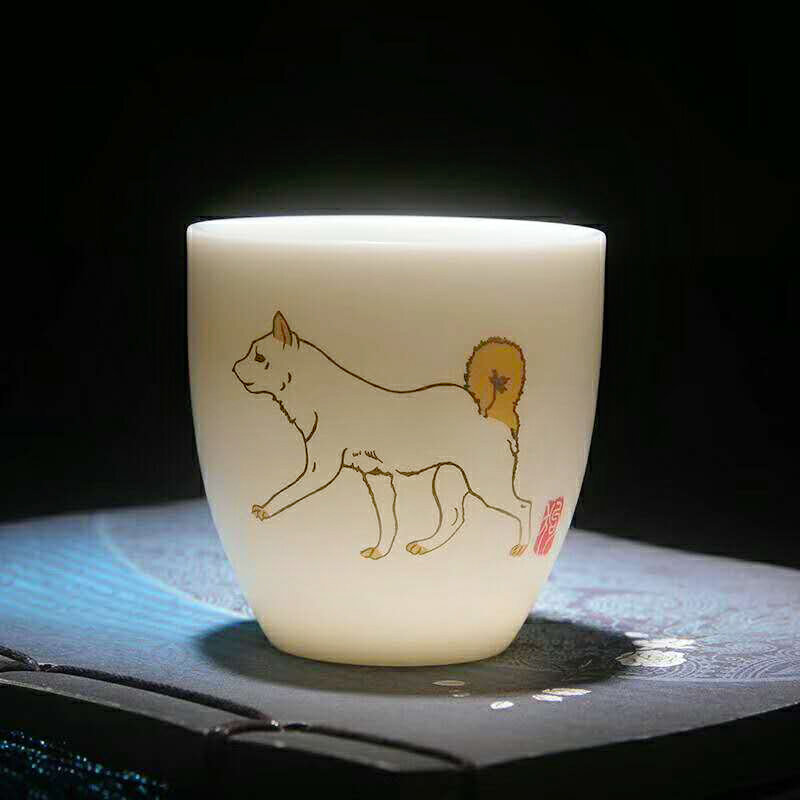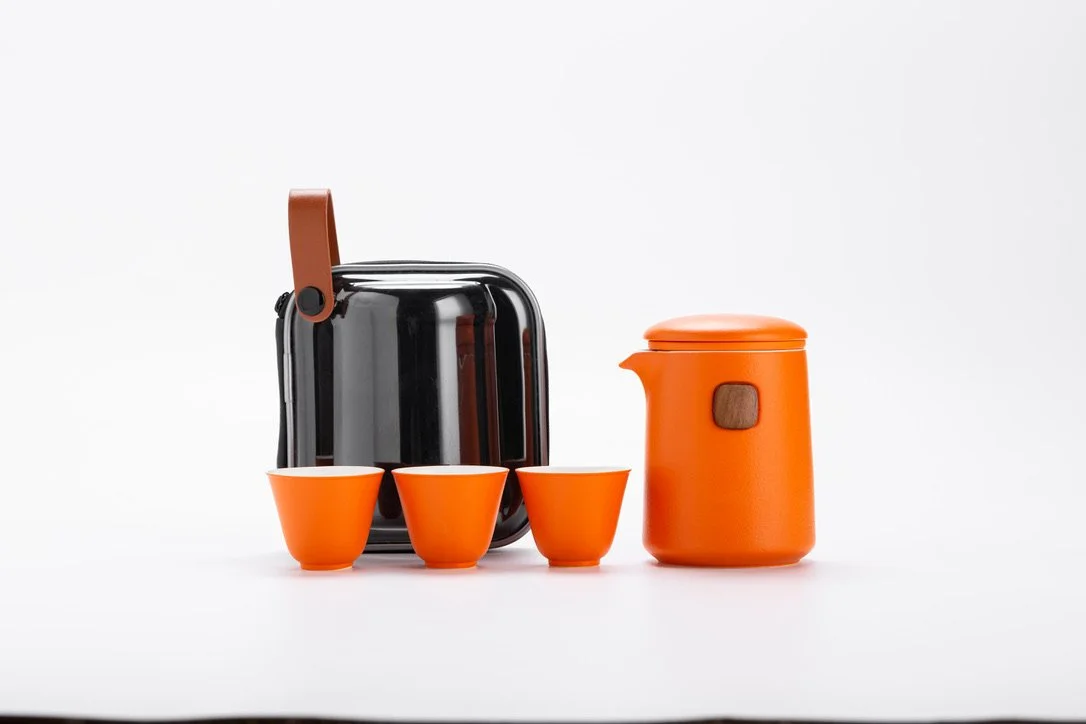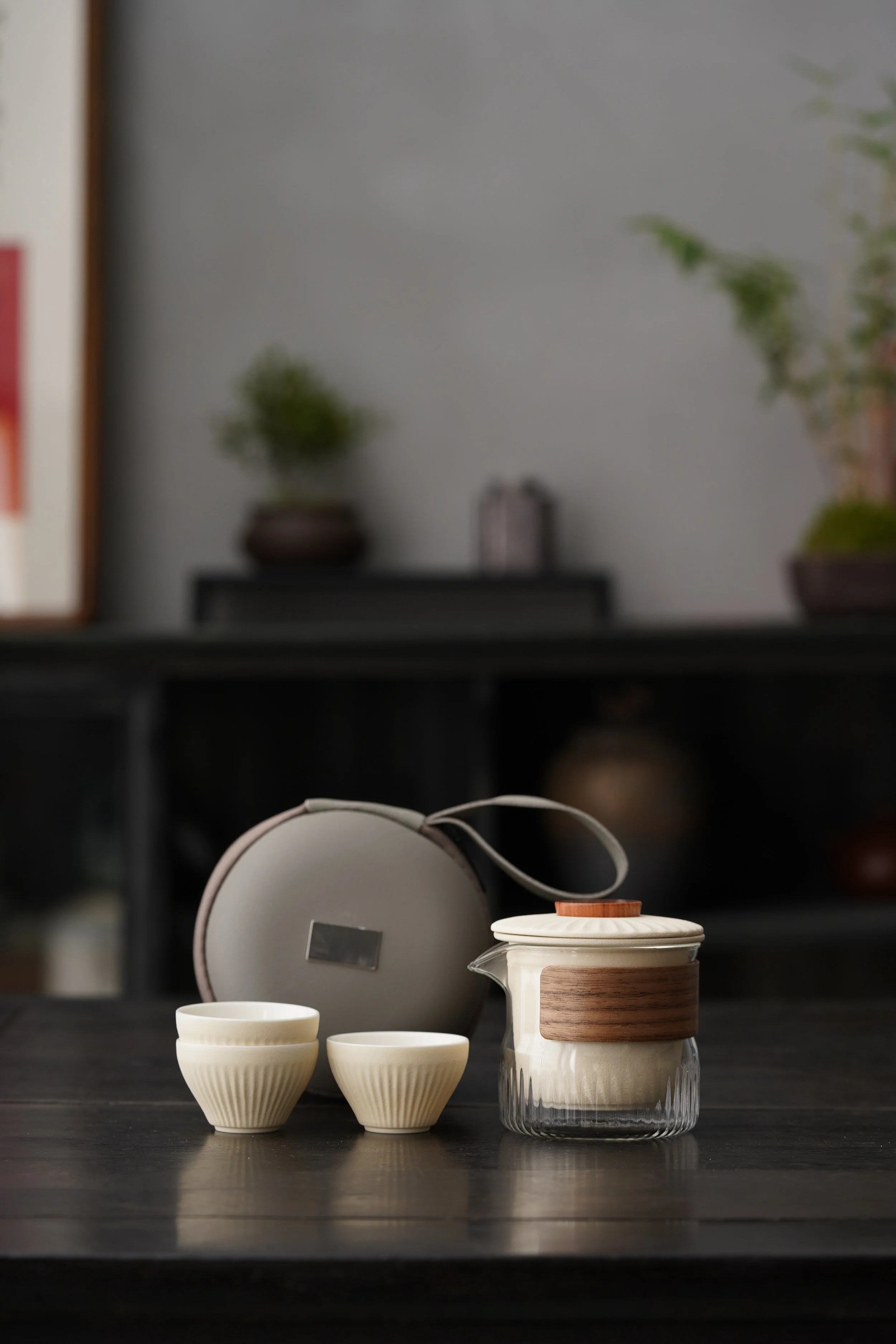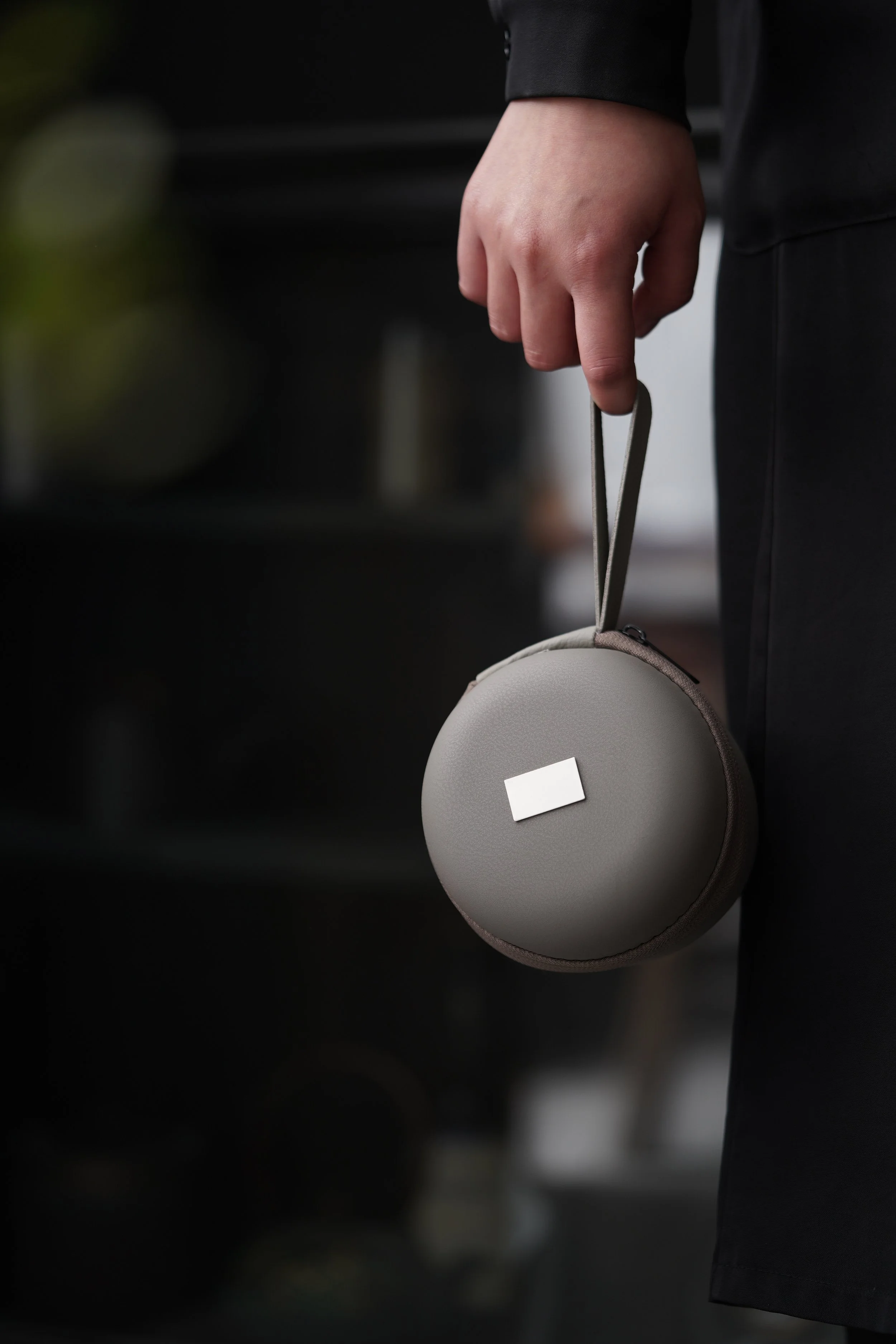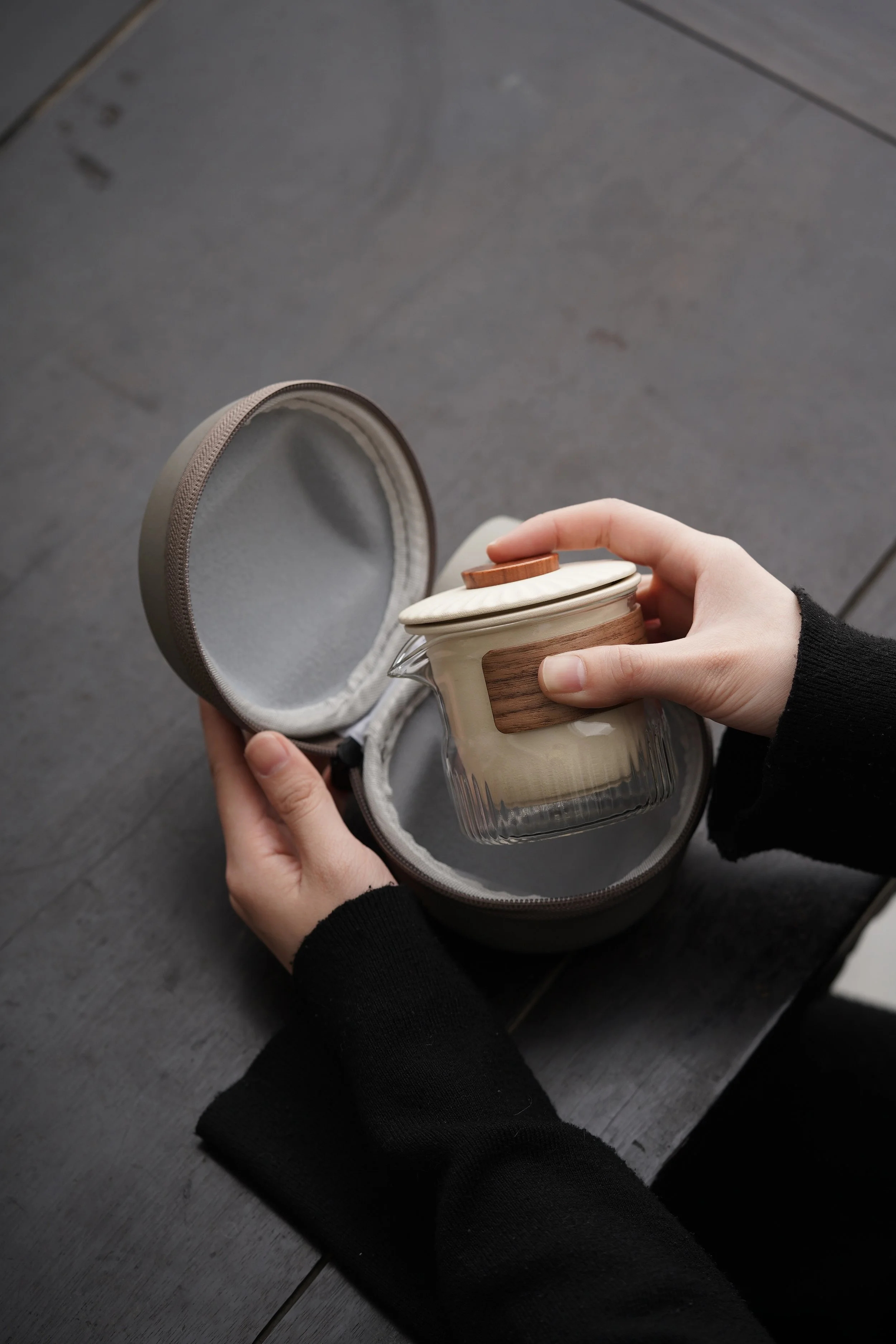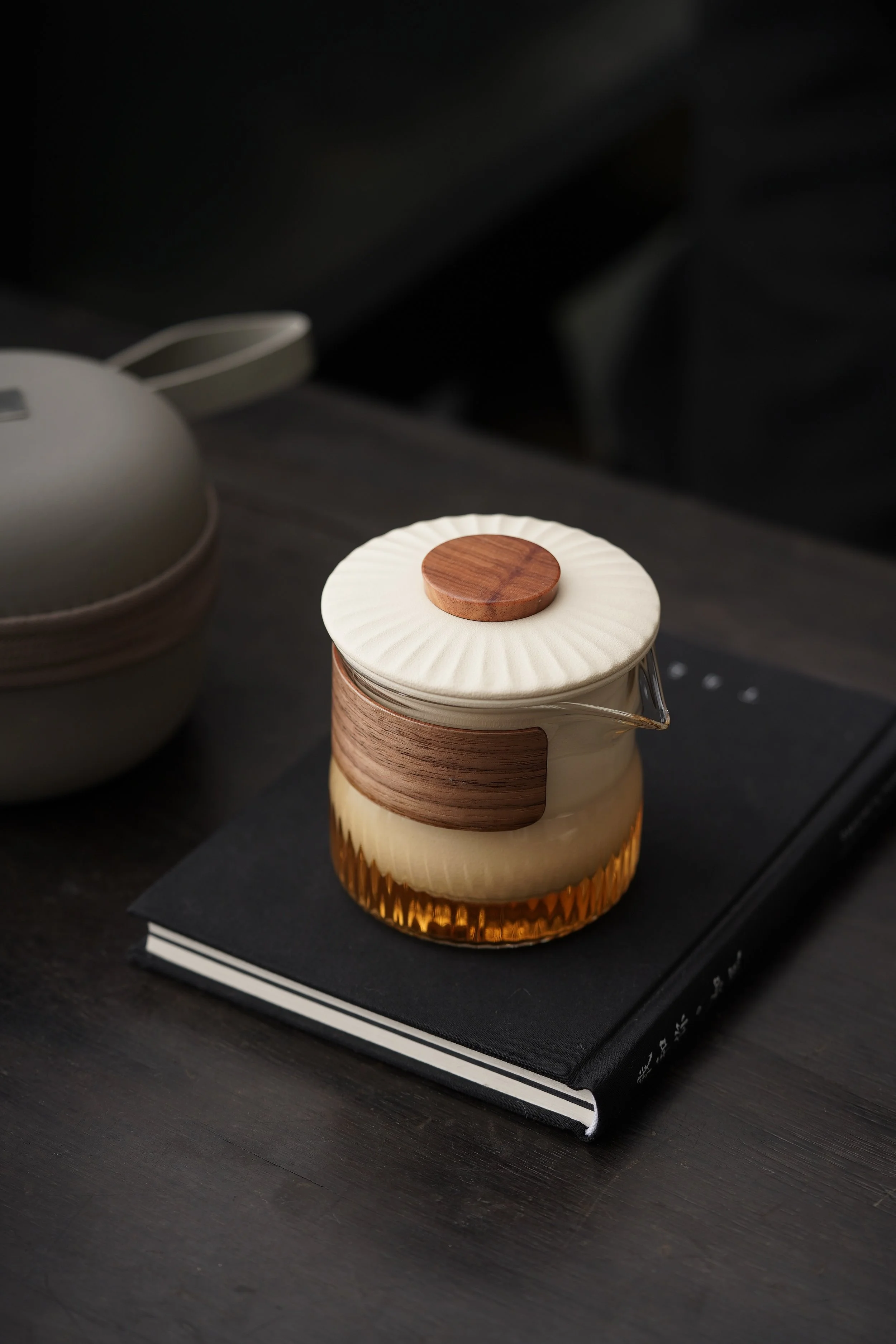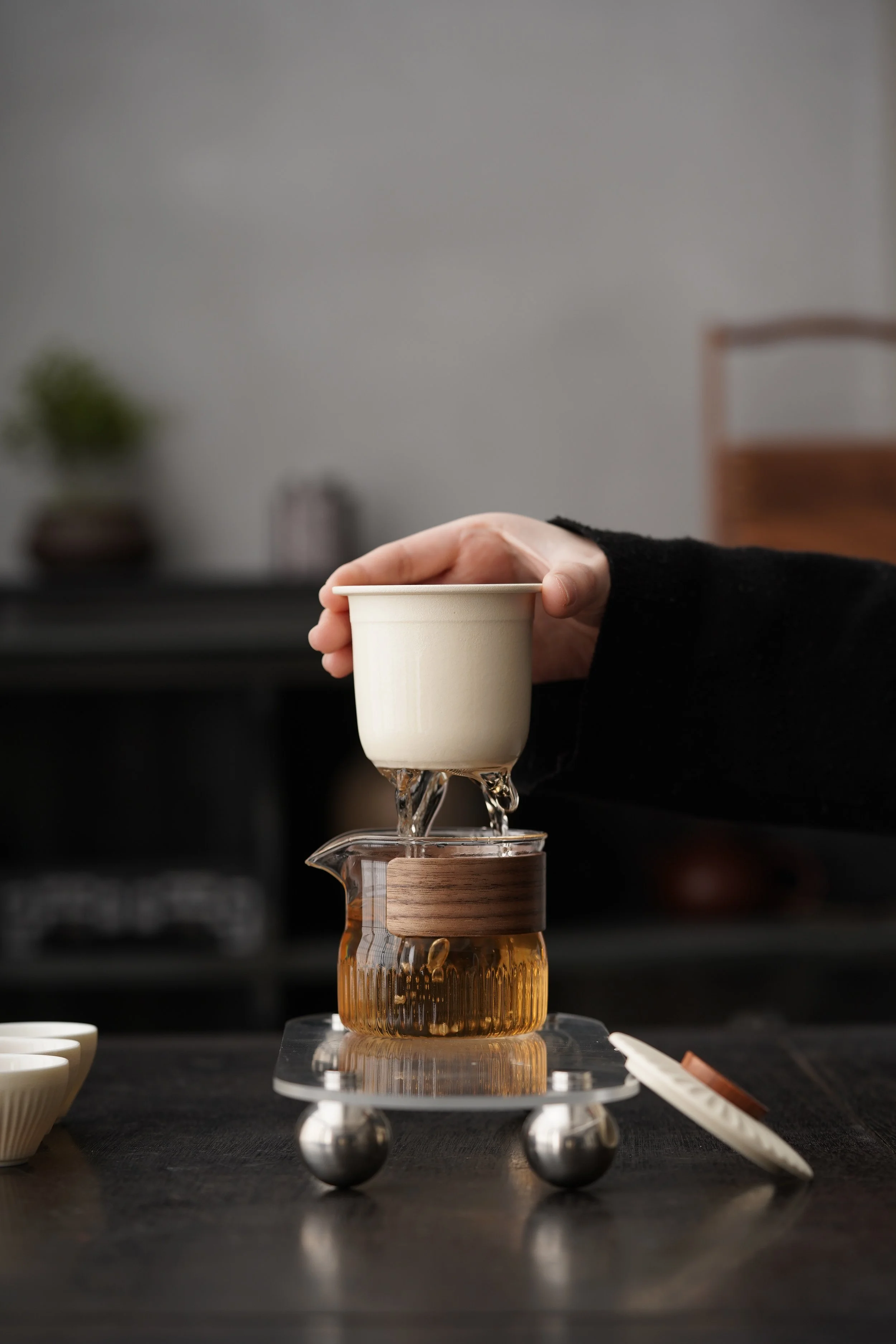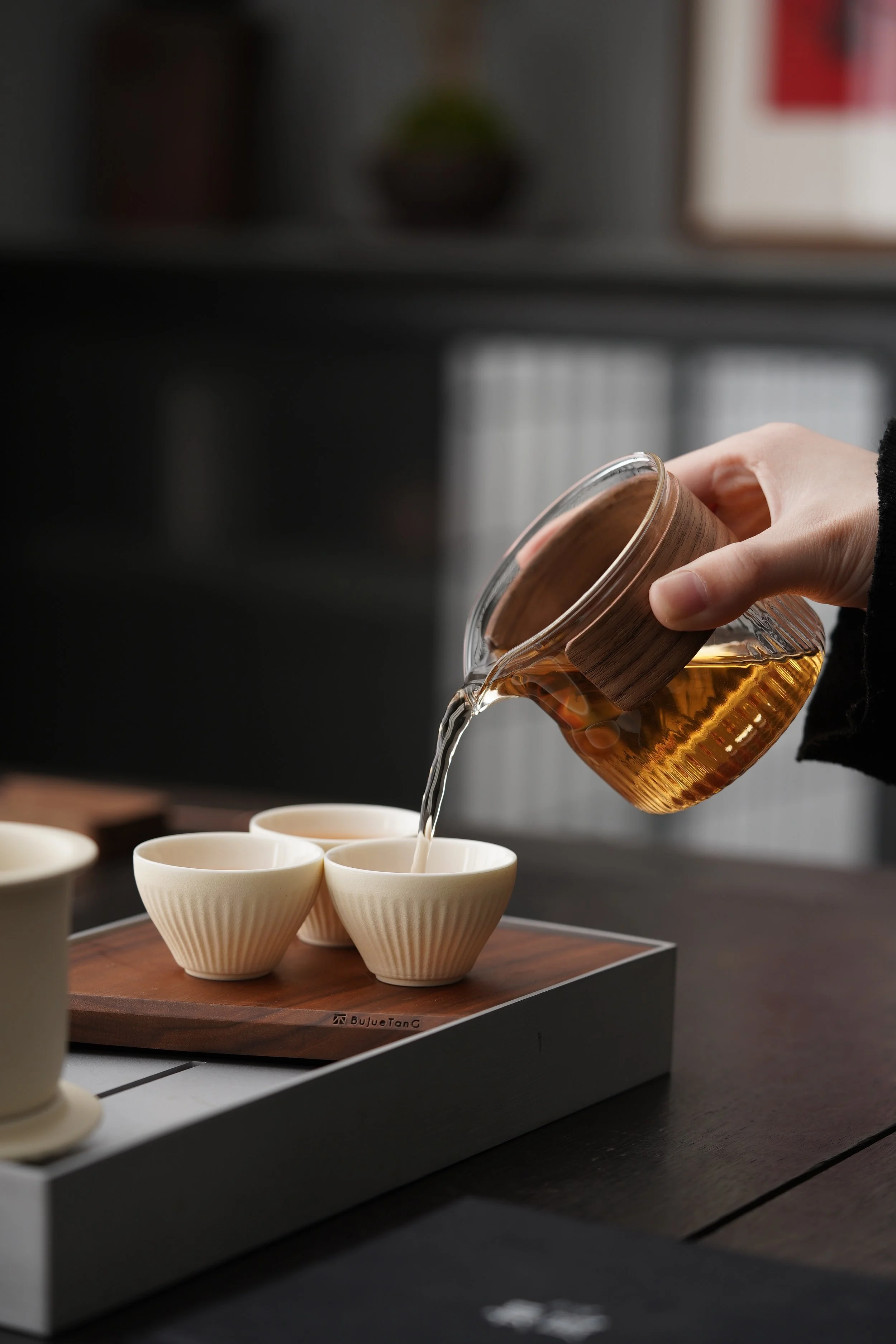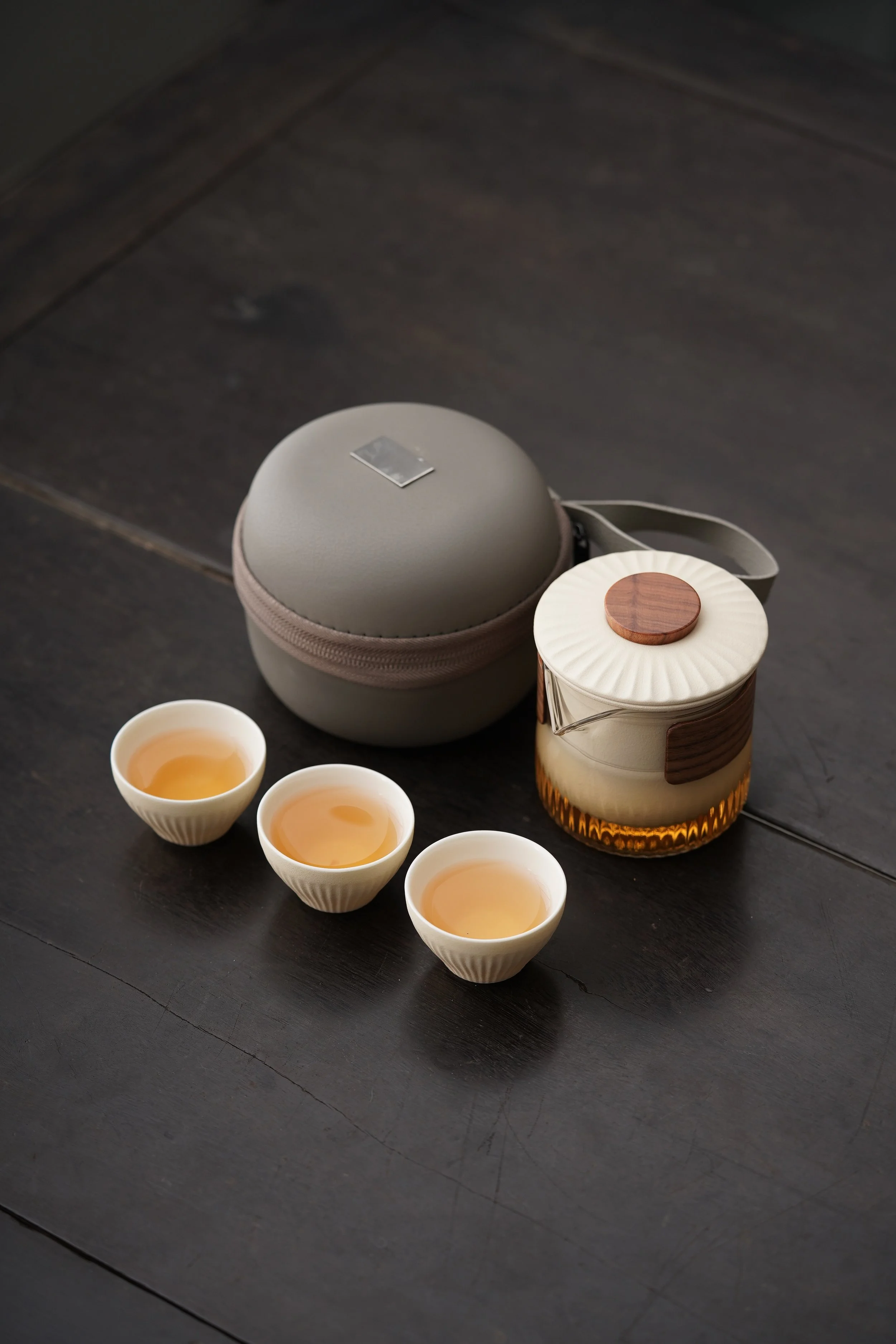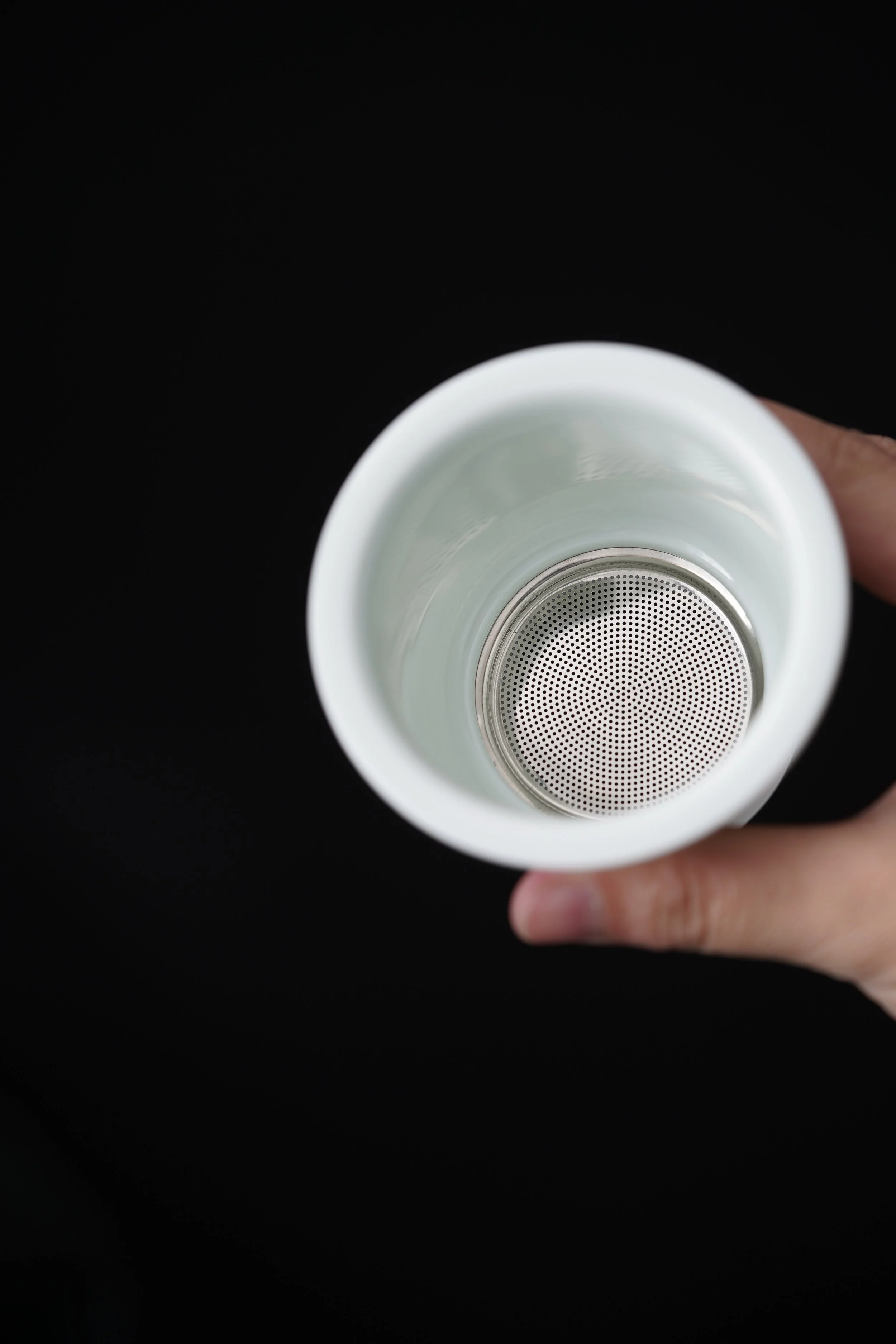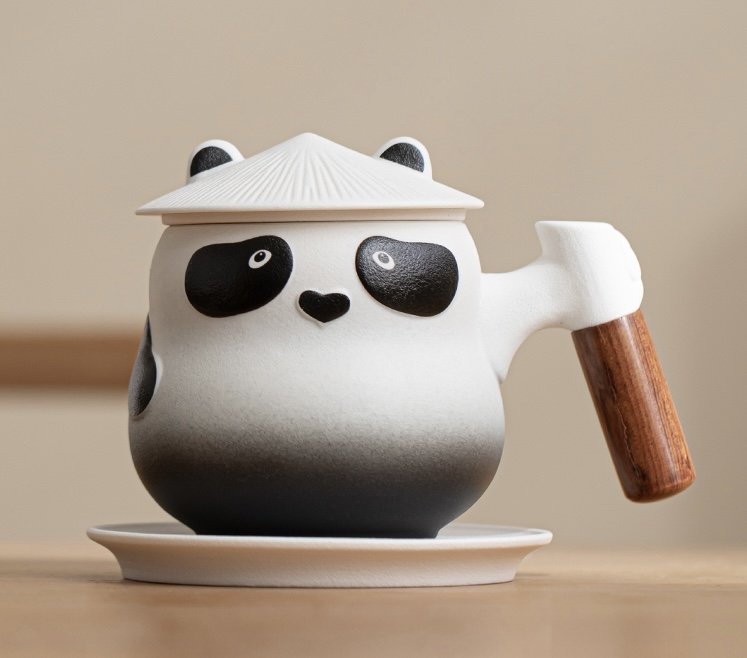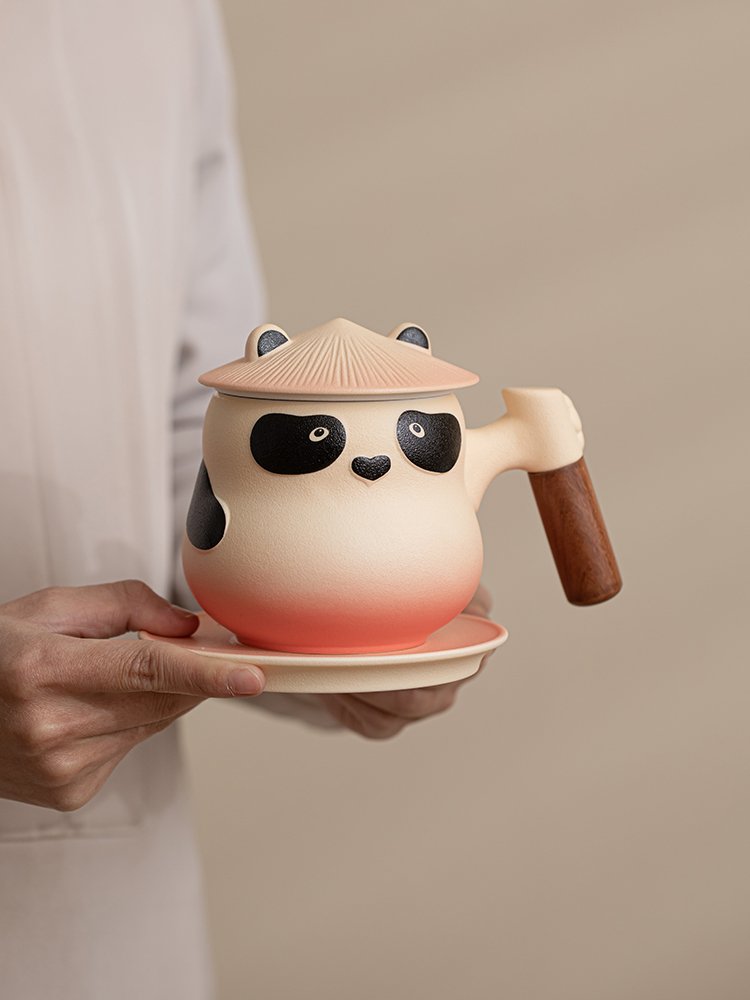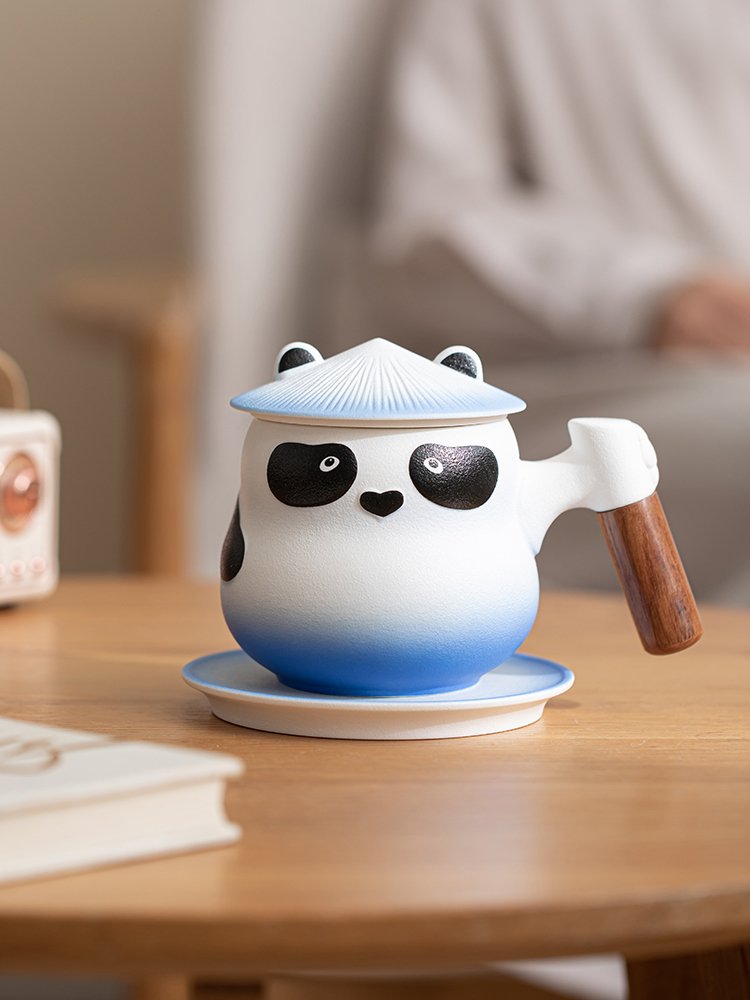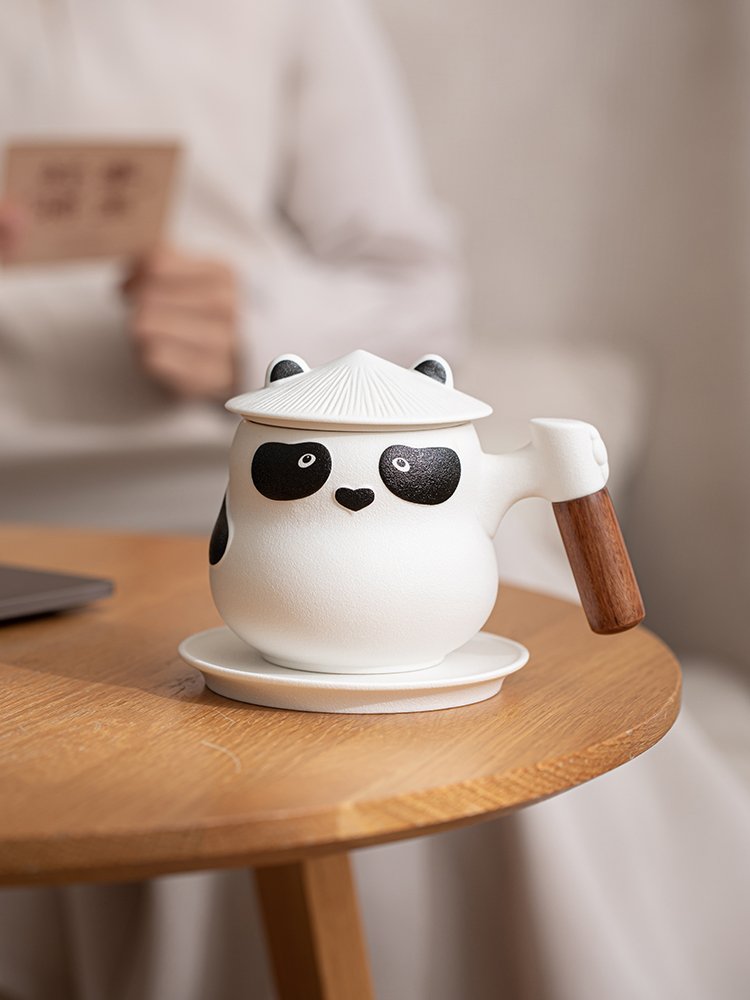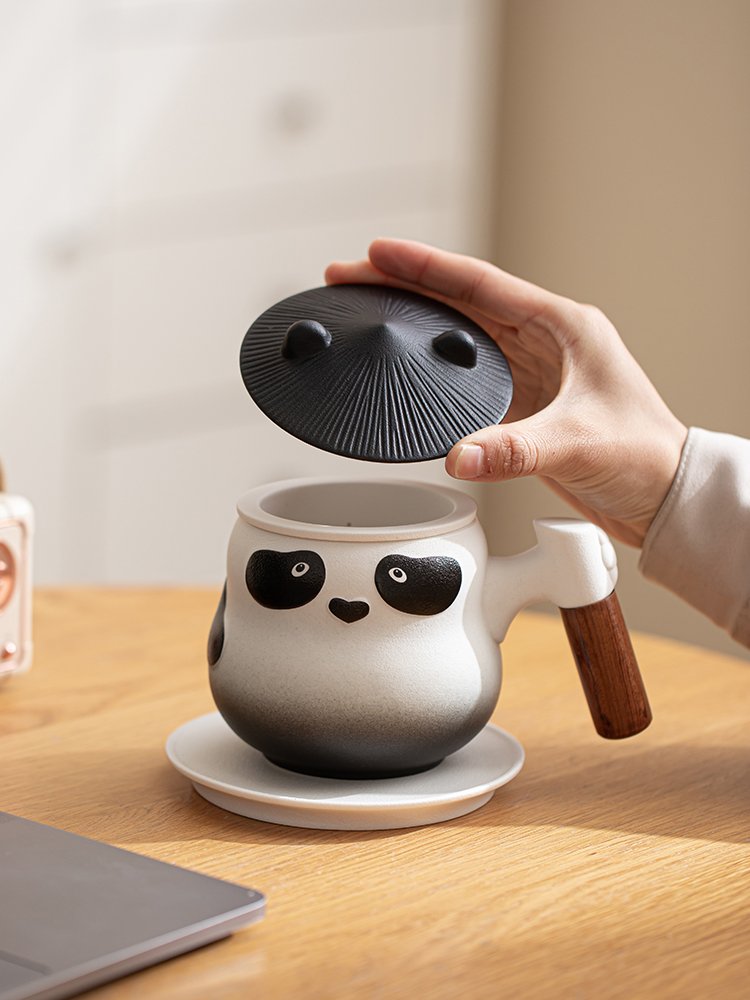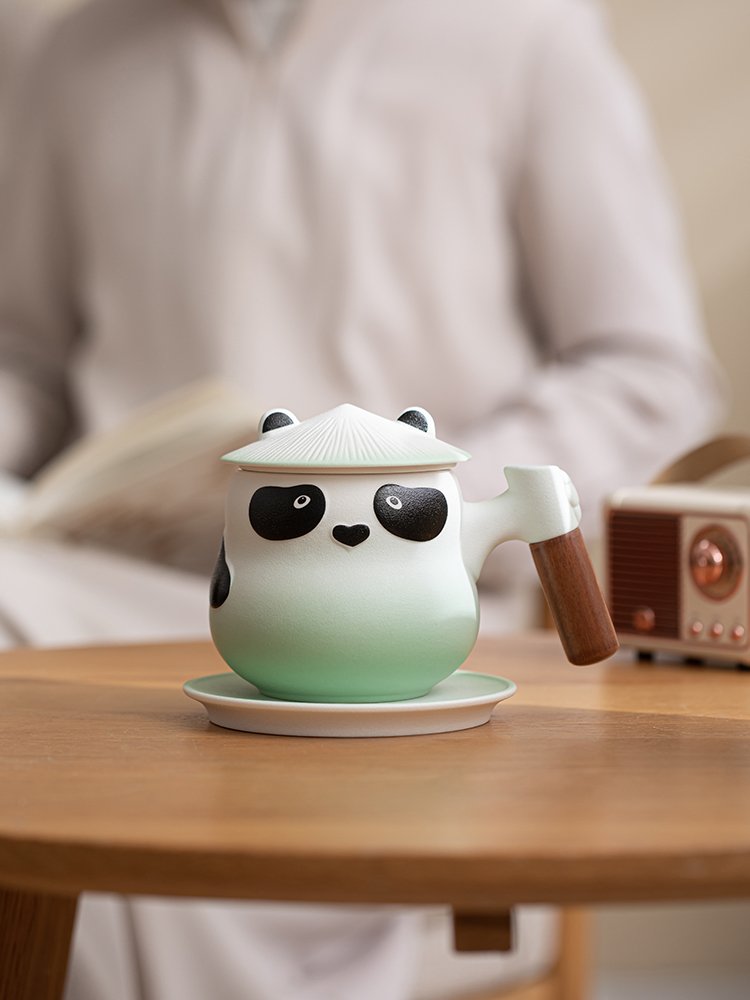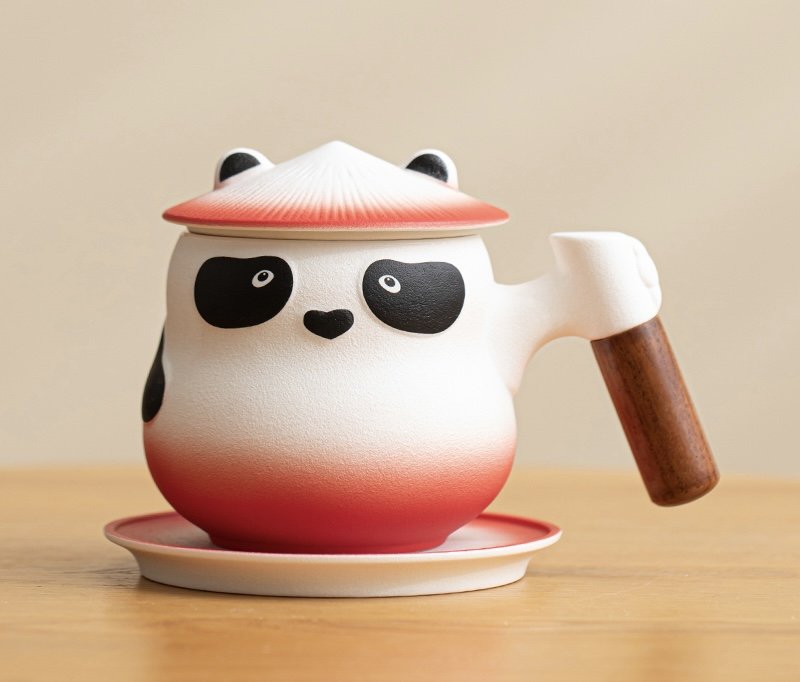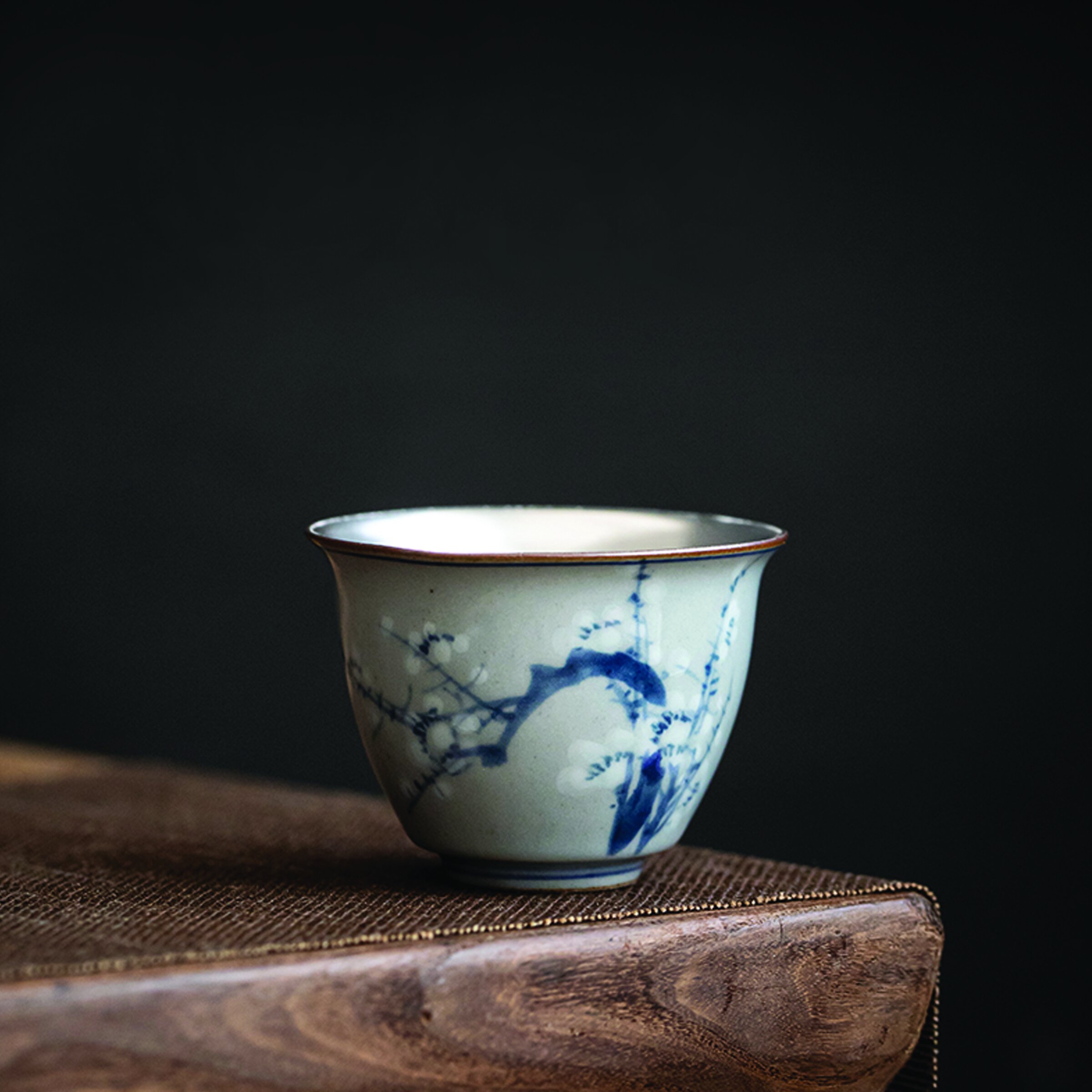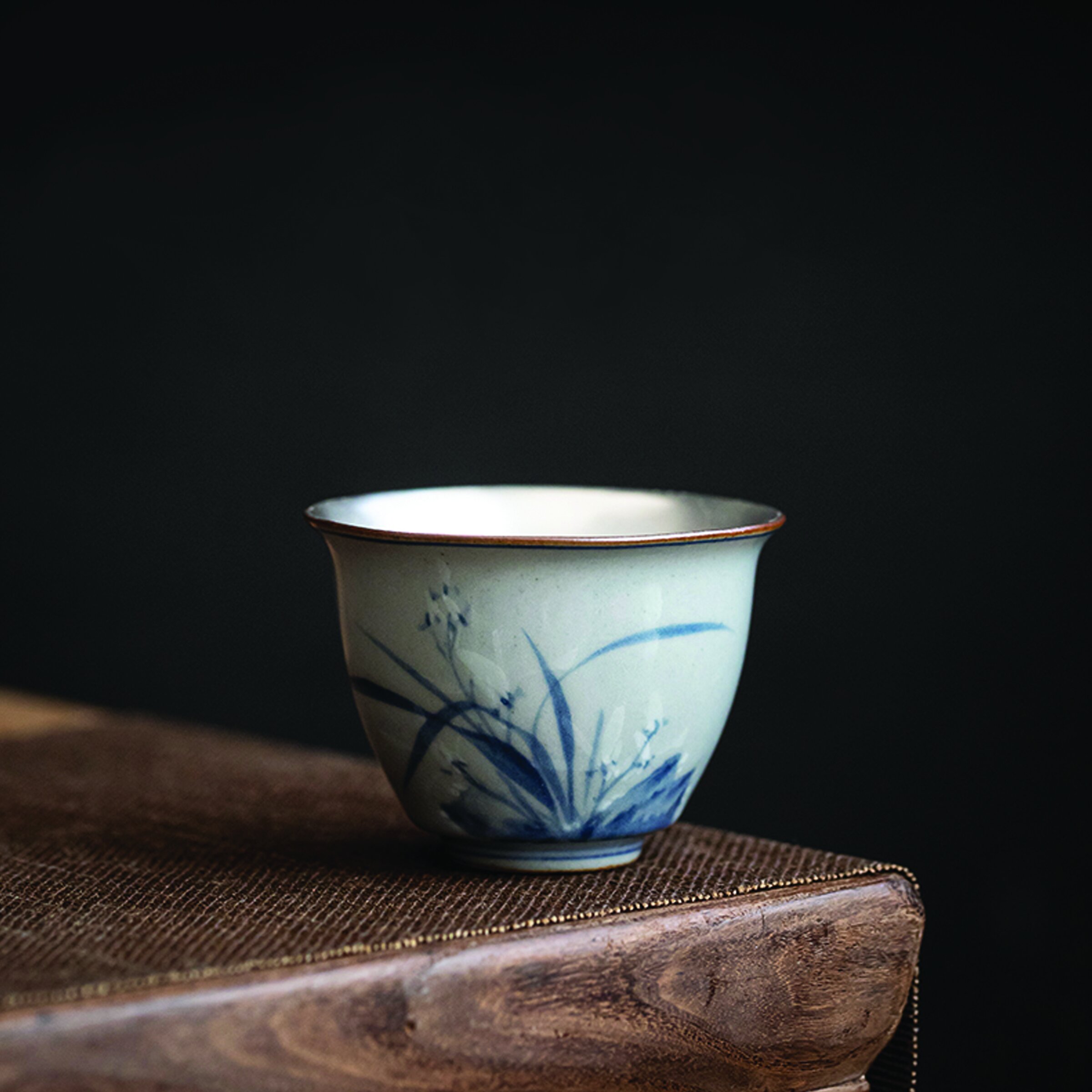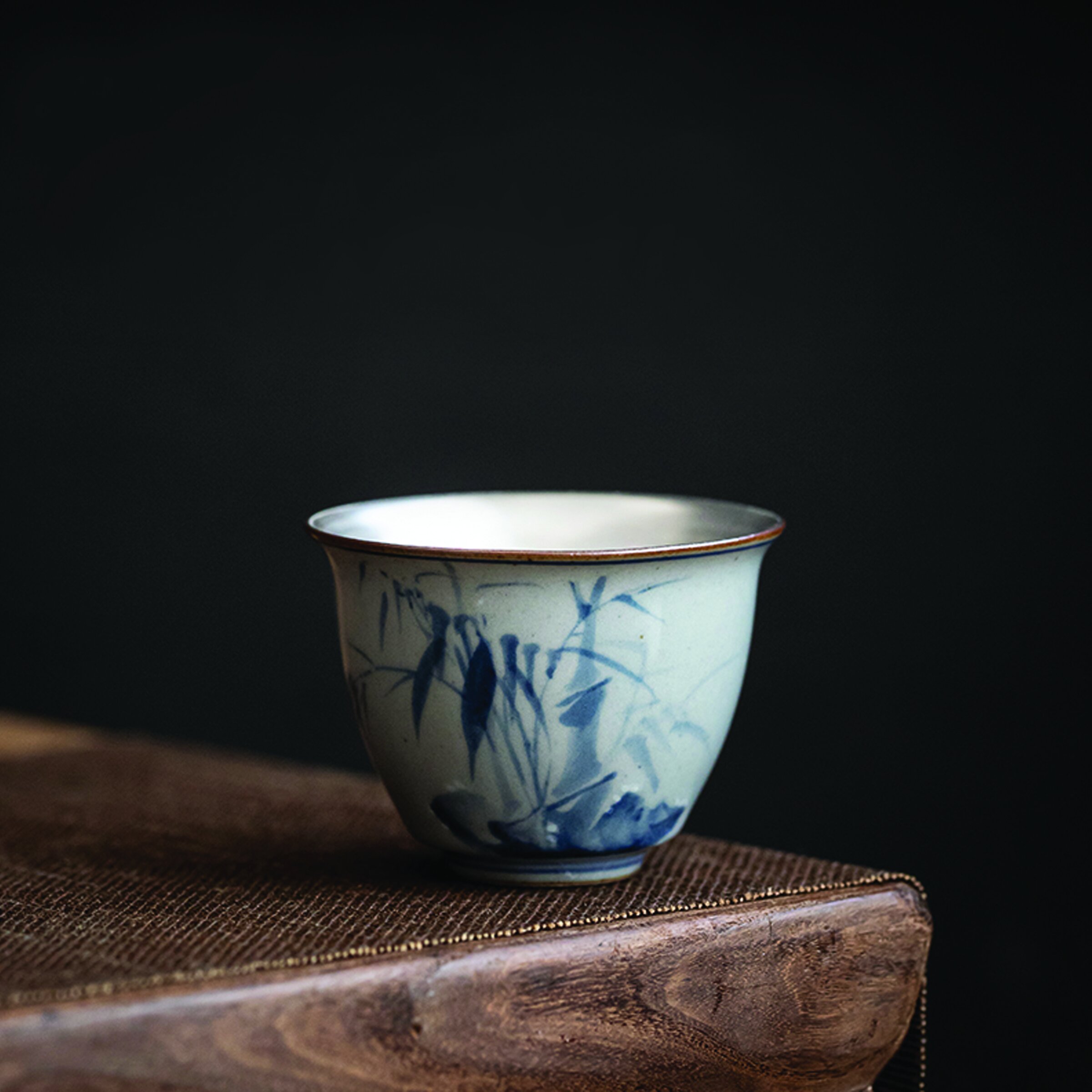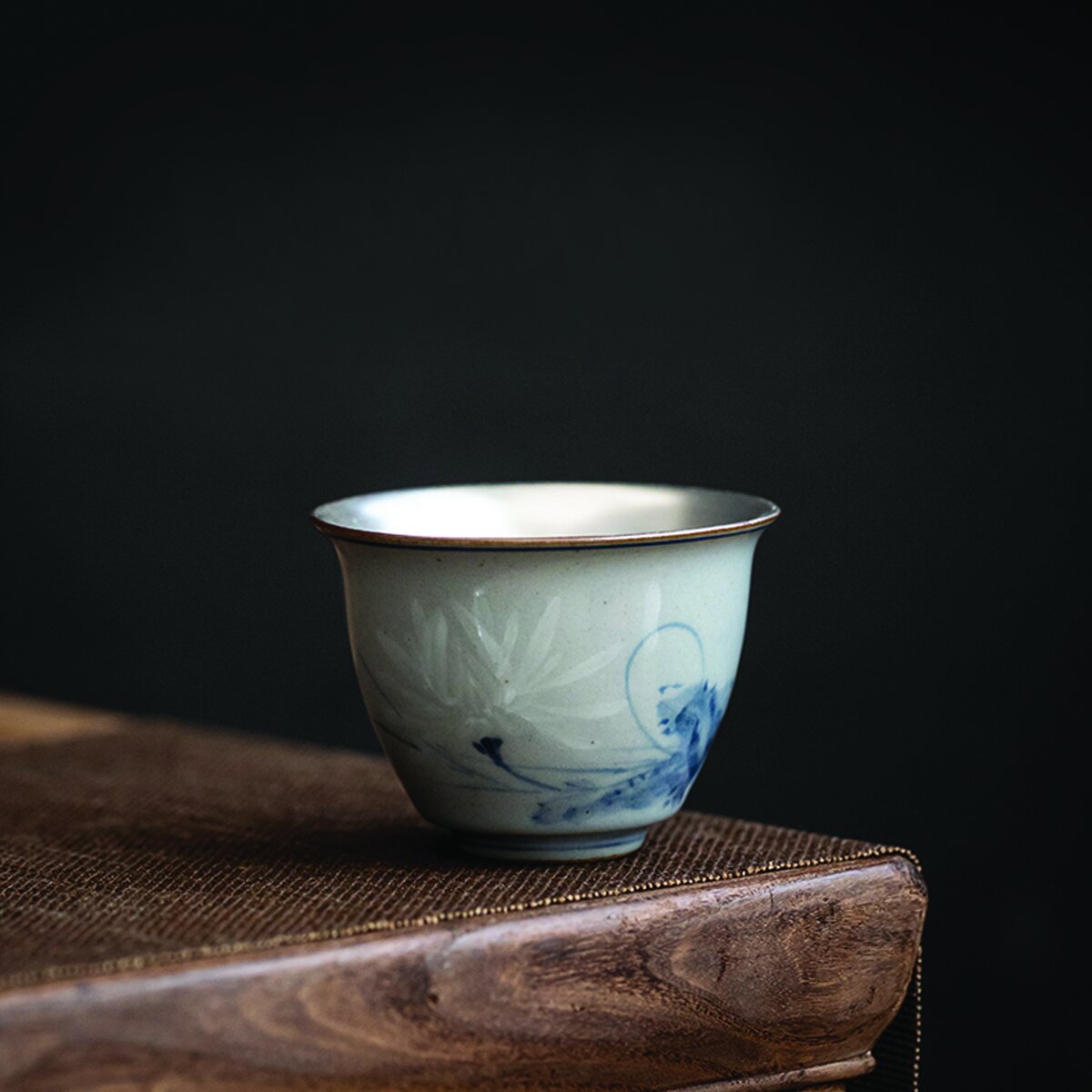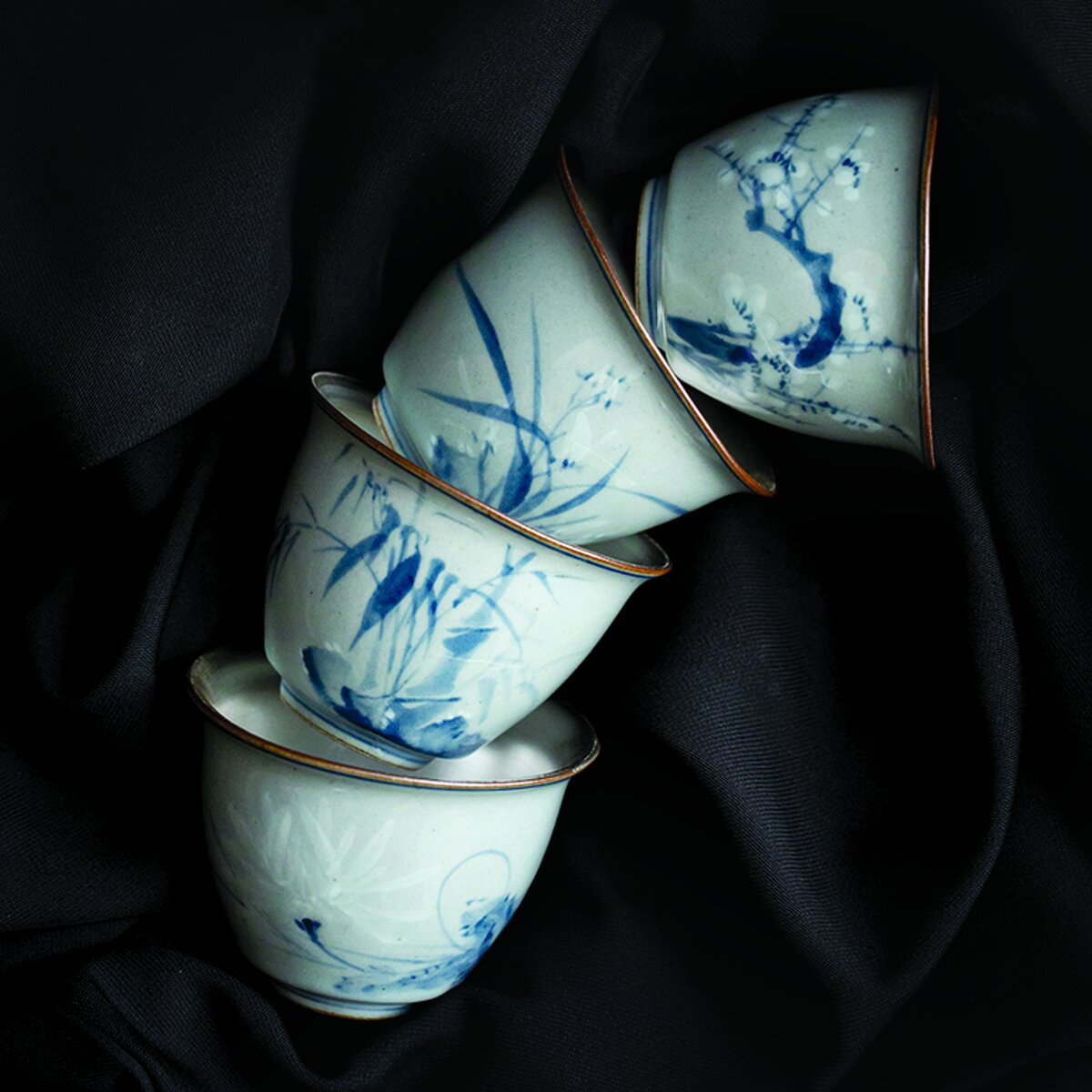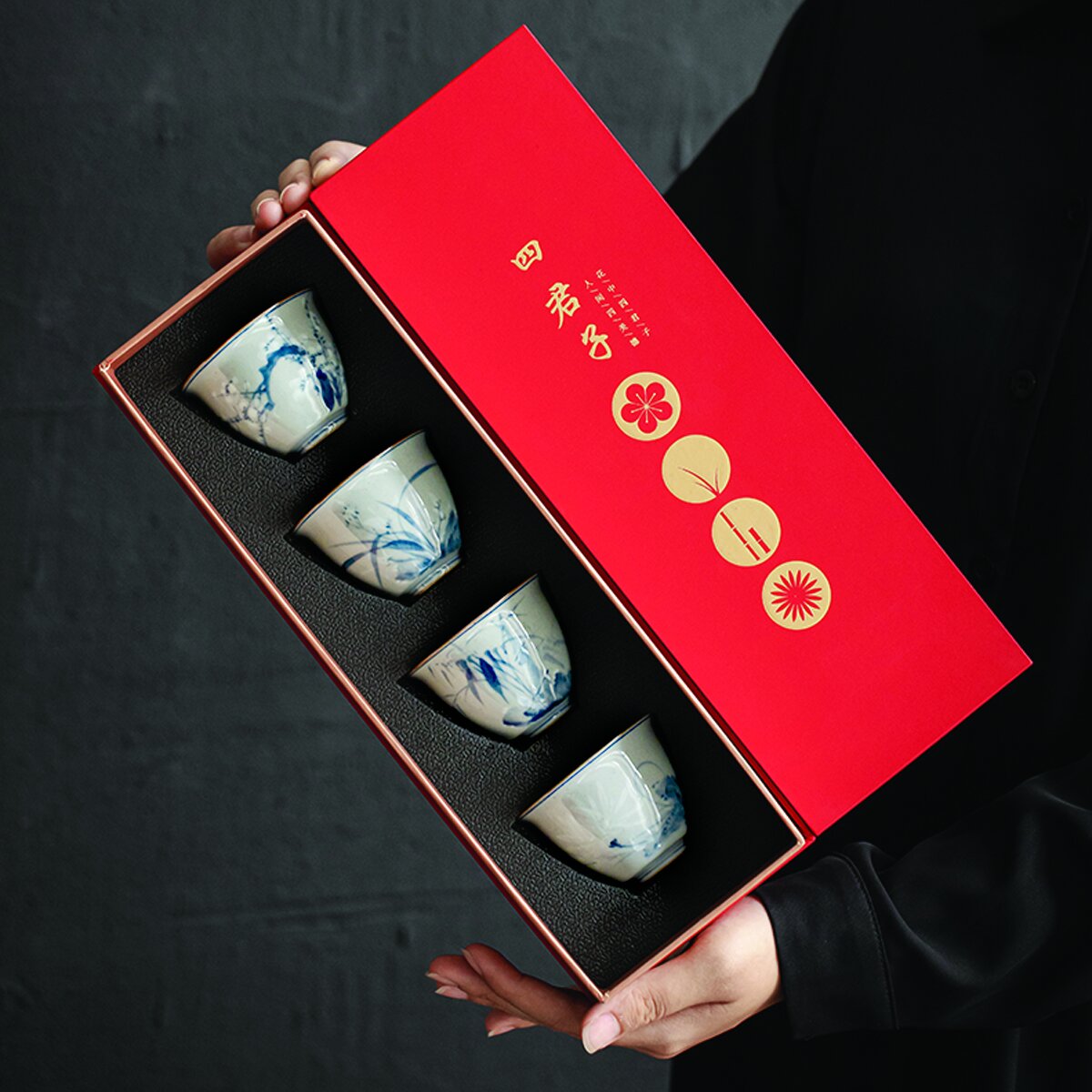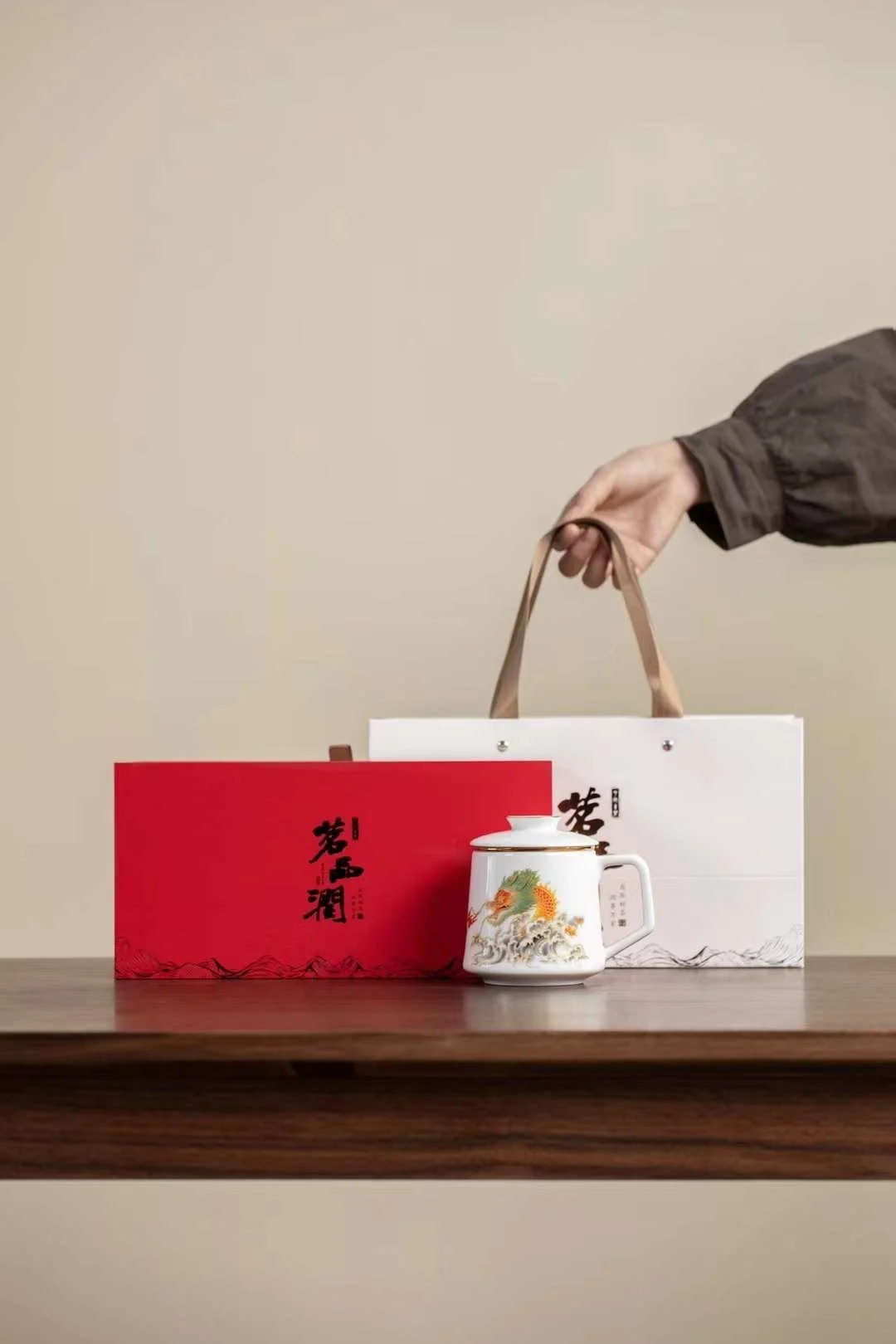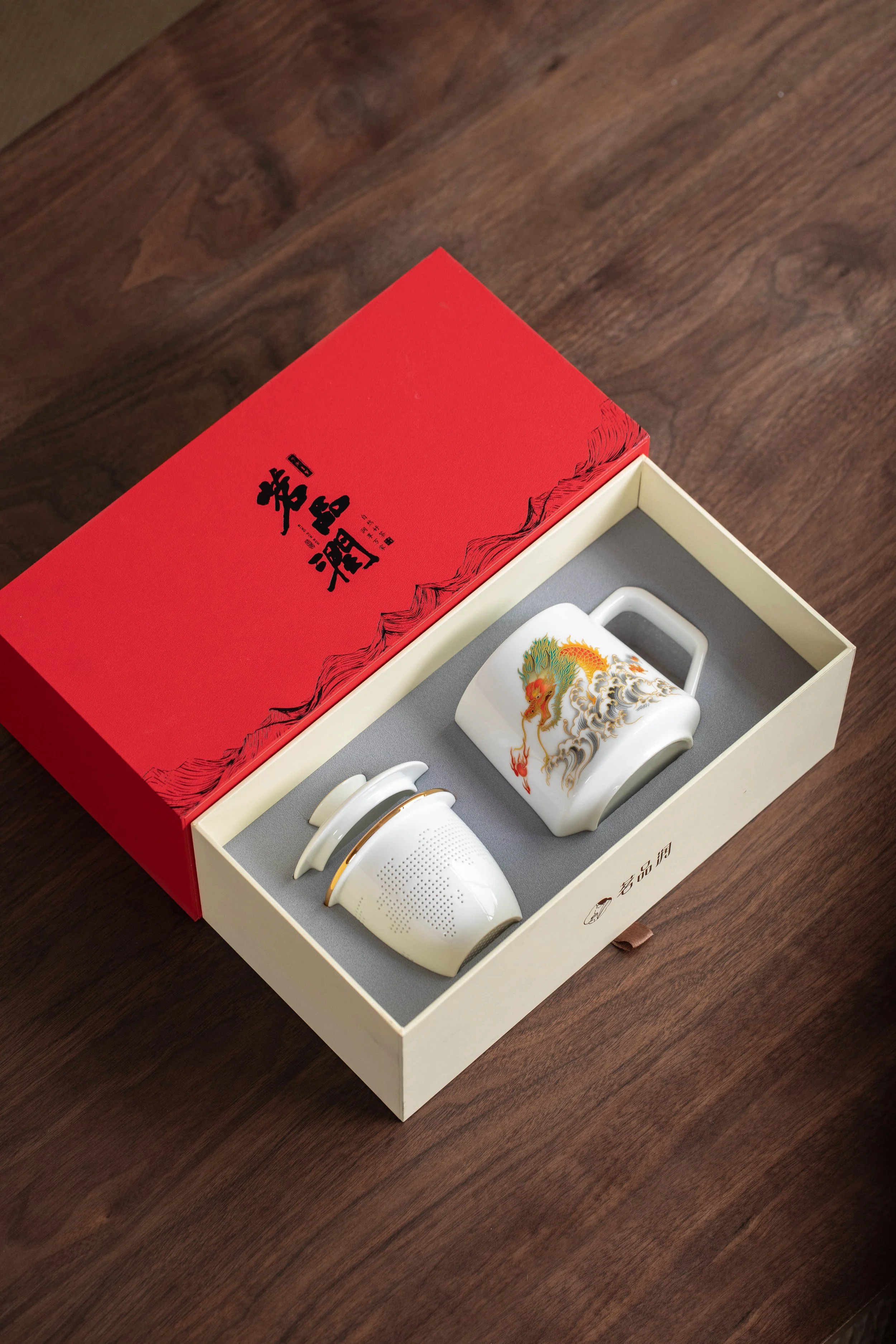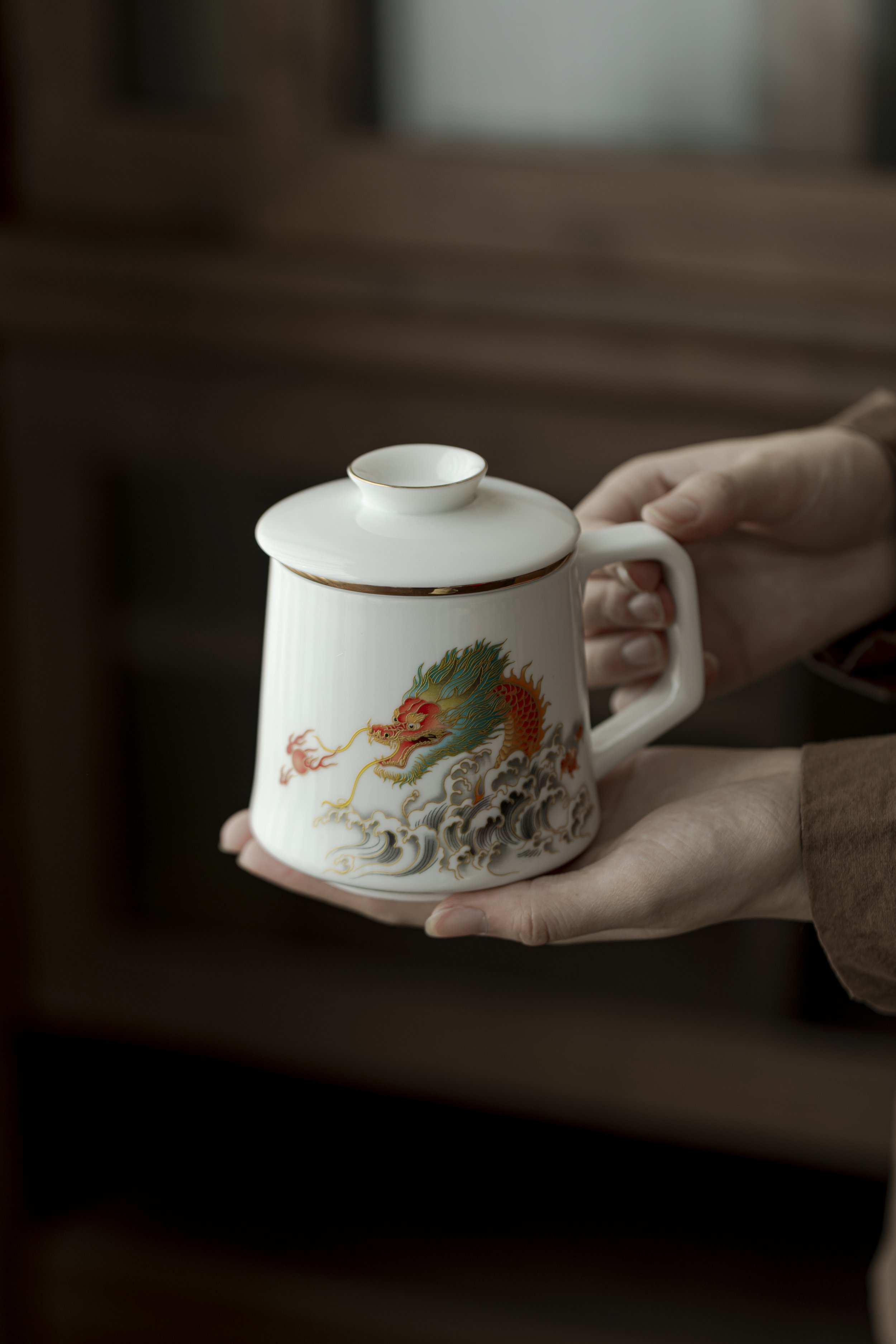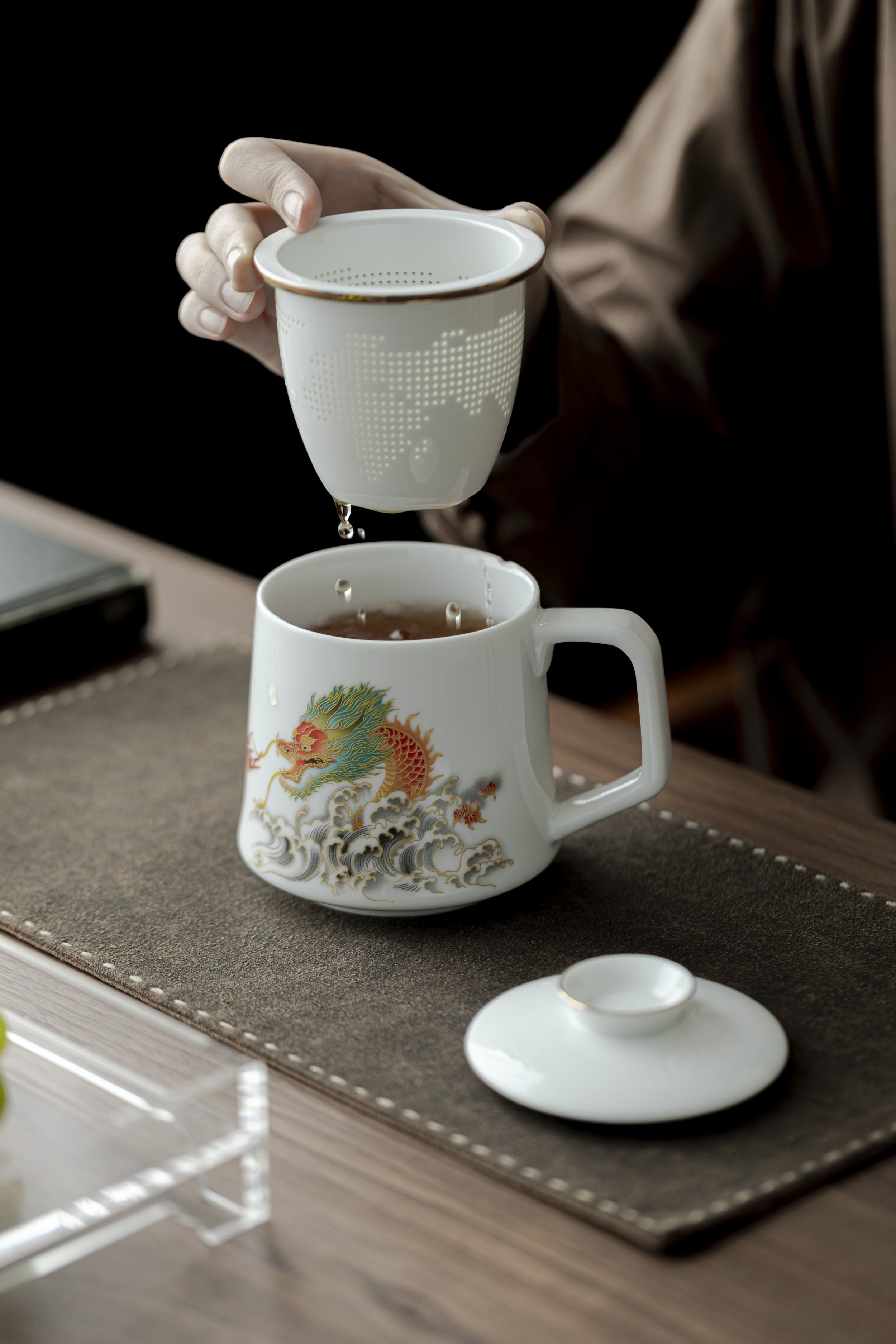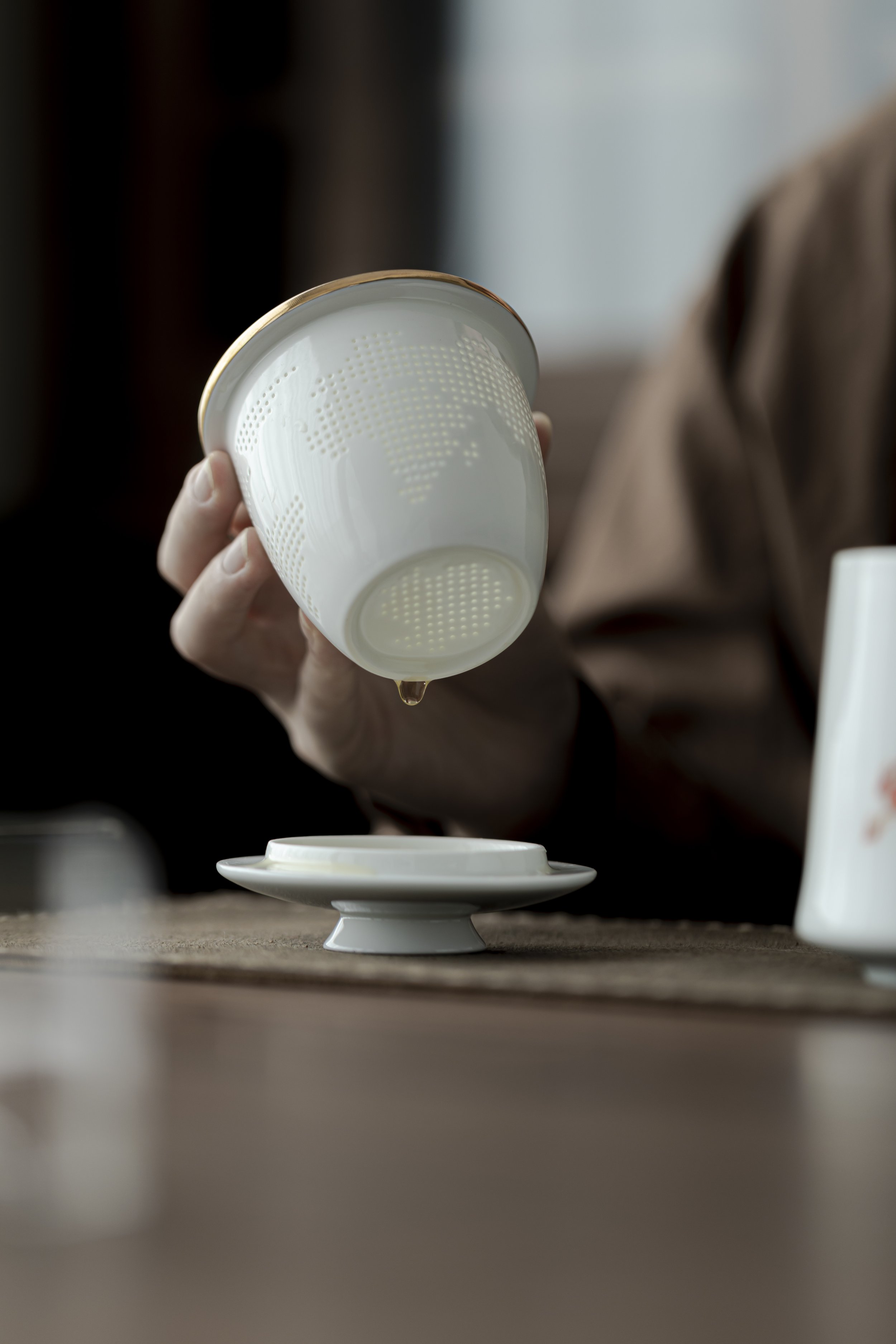Unglazed Porcelain Animal Cups
The calendar that we tend to follow in the US (the Gregorian calendar) is based off of a solar schedule, while the calendar used in some east Asian cultures follows more of a lunar schedule, with the start of the new year dependent upon when the first new moon of the year occurs between late January and late February.
In the chinese culture, every year corresponds to one of twelve animals, in this order--rat, ox, tiger, rabbit, dragon, snake, horse, sheep, monkey, rooster, dog, and pig. The legend of how this started is that the Jade Emperor invited twelve animals to a feast, and the order that the animals arrived determined the order of where the animals would be placed in the twelve year cycle.
These unglazed porcelain cups feature each of the twelve animals, with their corresponding chinese character. Crafted in Dehua County of the Fujian Province, the cups hold approximately 3.5 ounces.
With unglazed porcelain ware, please do not clean in the dishwasher, and please use soap sparingly to clean (the unglazed porcelain is porous and the soap can soak into the porcelainware over time, possibly effecting the flavor of whatever beverage is consumed out of the vessel). If you do use soap, please make sure you rinse the cup well afterwards. The best means of sanitizing the cup is to pour boiling water over and in it.
The calendar that we tend to follow in the US (the Gregorian calendar) is based off of a solar schedule, while the calendar used in some east Asian cultures follows more of a lunar schedule, with the start of the new year dependent upon when the first new moon of the year occurs between late January and late February.
In the chinese culture, every year corresponds to one of twelve animals, in this order--rat, ox, tiger, rabbit, dragon, snake, horse, sheep, monkey, rooster, dog, and pig. The legend of how this started is that the Jade Emperor invited twelve animals to a feast, and the order that the animals arrived determined the order of where the animals would be placed in the twelve year cycle.
These unglazed porcelain cups feature each of the twelve animals, with their corresponding chinese character. Crafted in Dehua County of the Fujian Province, the cups hold approximately 3.5 ounces.
With unglazed porcelain ware, please do not clean in the dishwasher, and please use soap sparingly to clean (the unglazed porcelain is porous and the soap can soak into the porcelainware over time, possibly effecting the flavor of whatever beverage is consumed out of the vessel). If you do use soap, please make sure you rinse the cup well afterwards. The best means of sanitizing the cup is to pour boiling water over and in it.
The calendar that we tend to follow in the US (the Gregorian calendar) is based off of a solar schedule, while the calendar used in some east Asian cultures follows more of a lunar schedule, with the start of the new year dependent upon when the first new moon of the year occurs between late January and late February.
In the chinese culture, every year corresponds to one of twelve animals, in this order--rat, ox, tiger, rabbit, dragon, snake, horse, sheep, monkey, rooster, dog, and pig. The legend of how this started is that the Jade Emperor invited twelve animals to a feast, and the order that the animals arrived determined the order of where the animals would be placed in the twelve year cycle.
These unglazed porcelain cups feature each of the twelve animals, with their corresponding chinese character. Crafted in Dehua County of the Fujian Province, the cups hold approximately 3.5 ounces.
With unglazed porcelain ware, please do not clean in the dishwasher, and please use soap sparingly to clean (the unglazed porcelain is porous and the soap can soak into the porcelainware over time, possibly effecting the flavor of whatever beverage is consumed out of the vessel). If you do use soap, please make sure you rinse the cup well afterwards. The best means of sanitizing the cup is to pour boiling water over and in it.
